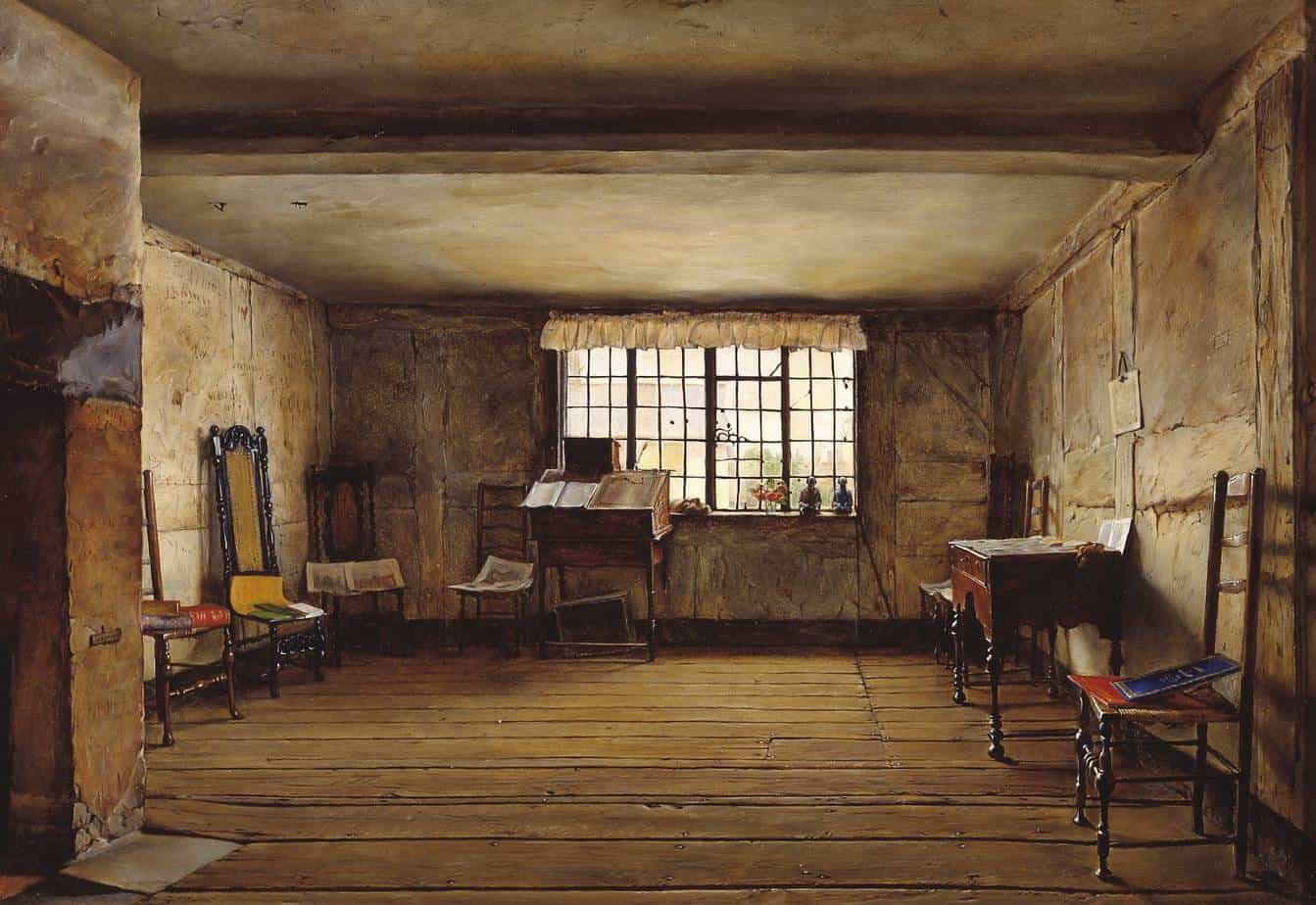As a writing exercise, describe your own living room, or the living room of someone you know. For inspiration, I offer the following examples from literature.
EXAMPLE OF A LIVING ROOM DESCRIBED BY DAPHNE DU MAURIER
We were all sitting in the long, low room at Farthings, darker than usual because of the rain. The french windows gave very little light, chopped as they were in small square panes that added to the beauty of the house from without, but inside had all the appearance of prison bars, oddly depressing.
The grandfather clock in the corner ticked slowly and unevenly; now and again it gave a little cough, hesitating momentarily, like an old man with asthma, then ploughed on again with quiet insistence. The fire in the basket grate had sunk rather low; the mixture of coke and coal had caked in a solid lump, giving no warmth; and the logs that had been flung carelessly on top earlier in the afternoon smouldered in dull fashion, needing the bellows to coax them into life. The papers were strewn about the floor, and the empty cardboard covers of gramophone records were amongst them, along with a cushion that had fallen from the sofa. These things may have added to Charles’s irritation. He was an orderly man, with a methodical mind.
from the opening scene of The Parasites by Daphne du Maurier, 1949.
In the short passage above du Maurier conveys a lot of information.
- The reader learns right away that this house — and the people who live there — are not like the landscape outside. The house looks good from the other side but when you’re in it, not so much. The snail under the leaf setting, symbolised by a single house.
- The house is compared to a prison
- The grandfather clock is personified, which in turn makes the actual people seem part of the room. Since the clock is ‘like an old man with asthma’ we know something is about to end and another thing begin.
- We know the temperature of the room
- We have a sense of the light
- We have enough detail to place this room in its approximate time period — the bellows, the open fire which uses coke and coal for fuel, and the gramophone records all indicate this setting is mid-20th century
- Words such as strewn, flung, empty, smouldered and coax work together to not only describe the room but some of its occupants.
- The room is juxtaposed with the first character introduced — the orderly Charles. This is the story’s initial conflict.
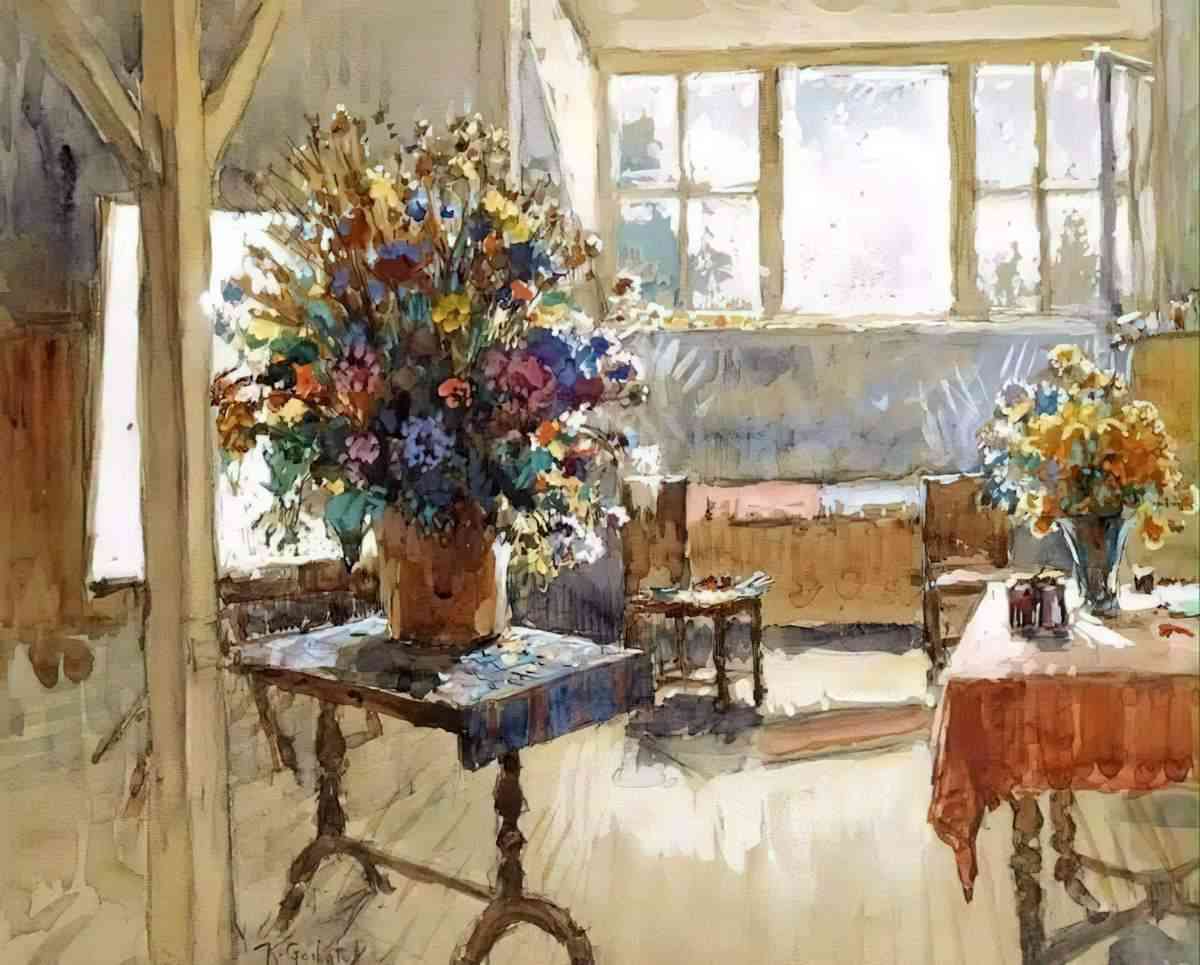
What kinds of chairs are in this living room? Who sits in them, or who used to sit in them?
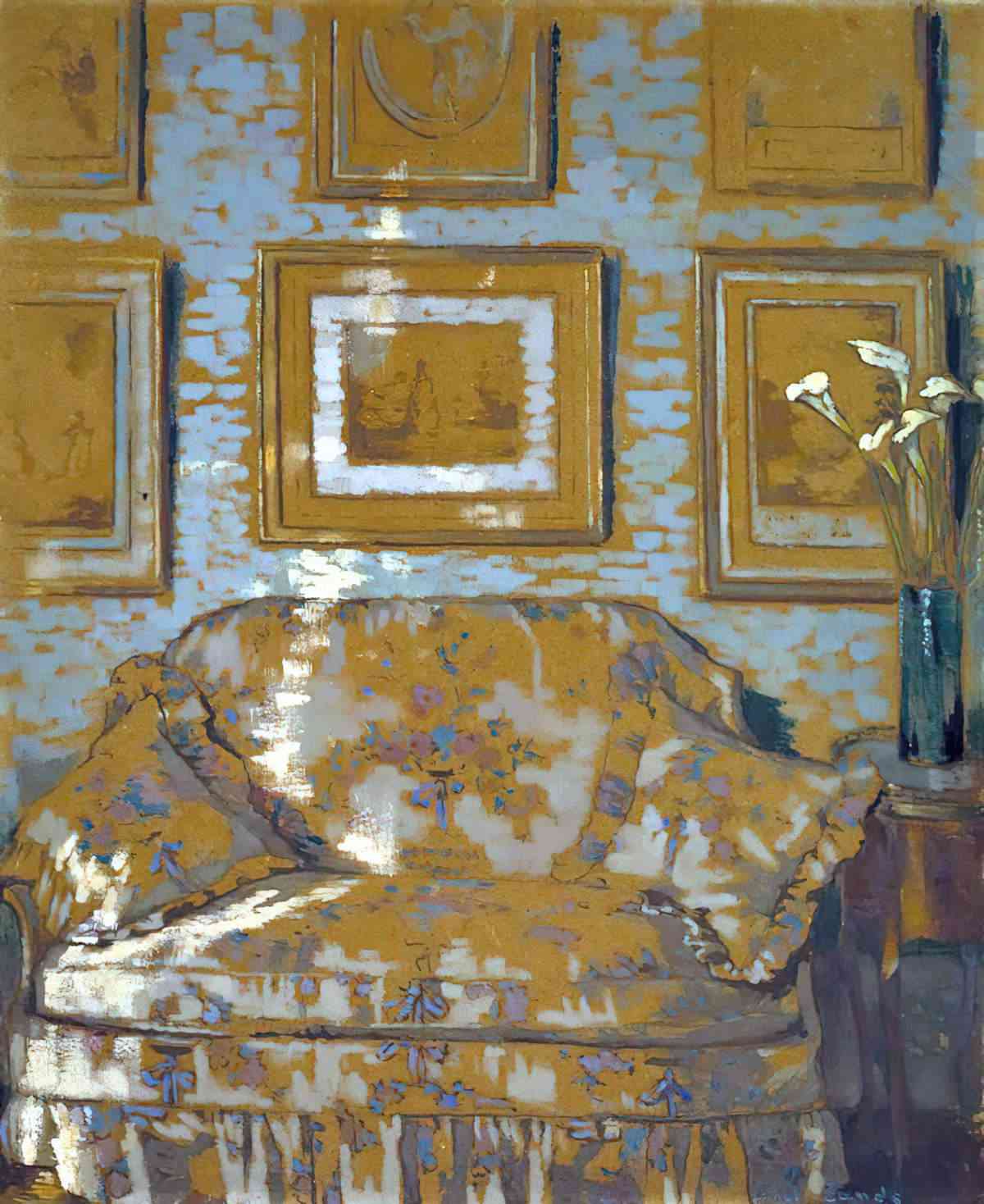
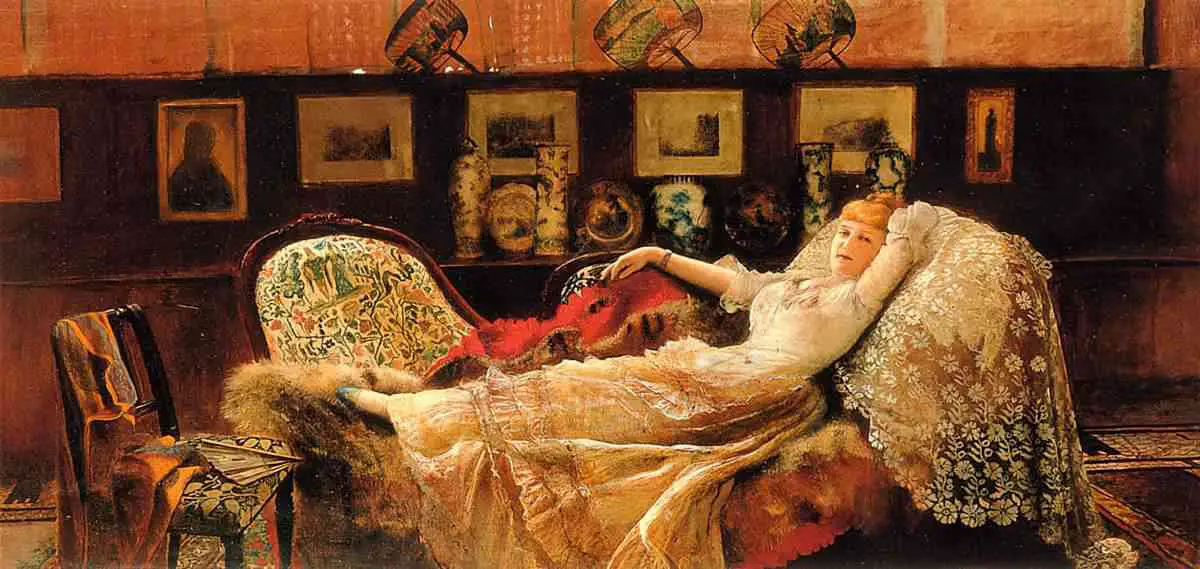
French artist Monique Valdeneige creates living spaces remarkable for their labyrinthine feel. A single view offers glimpses into various parts of the house, aided by the use of mirrors.
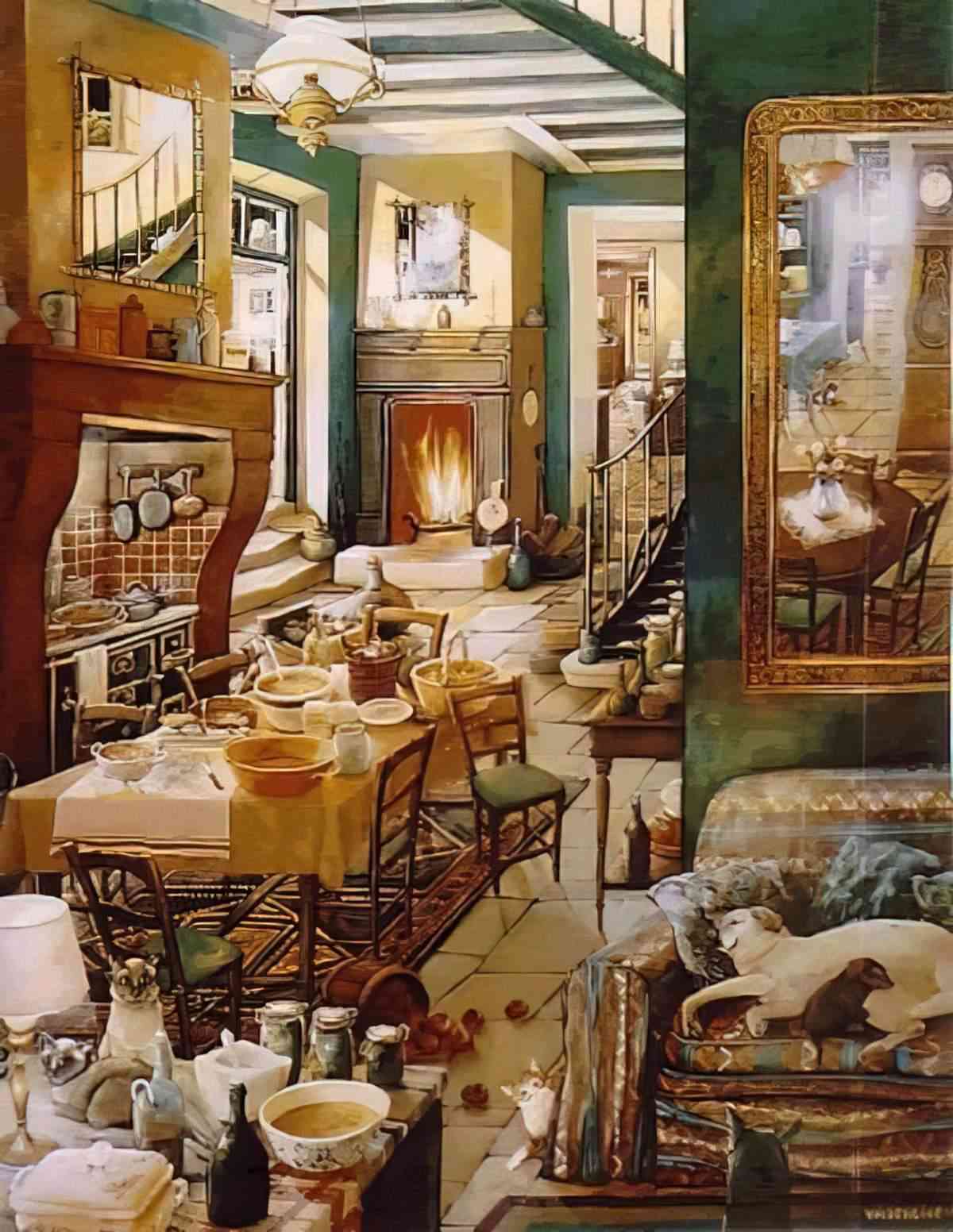
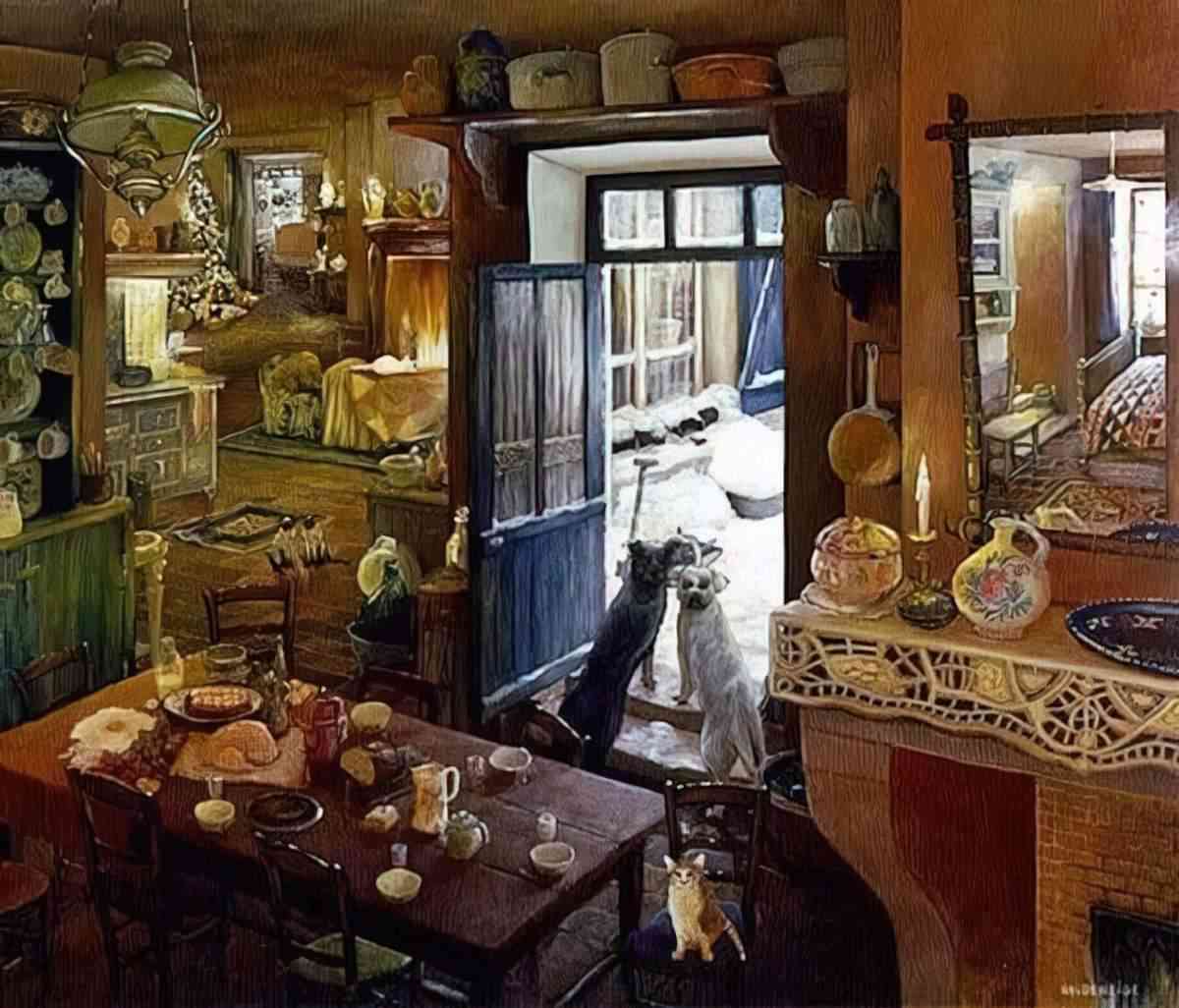
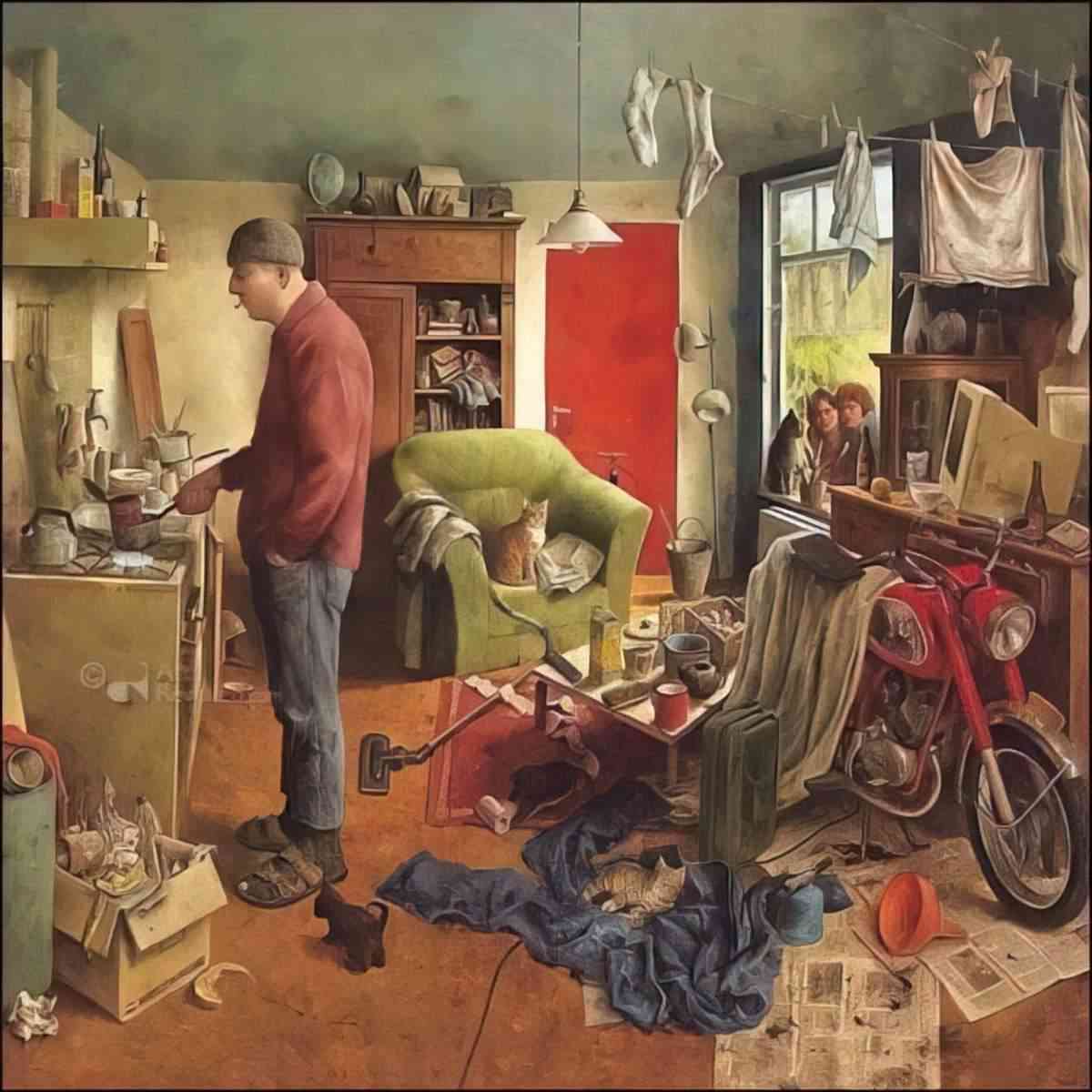
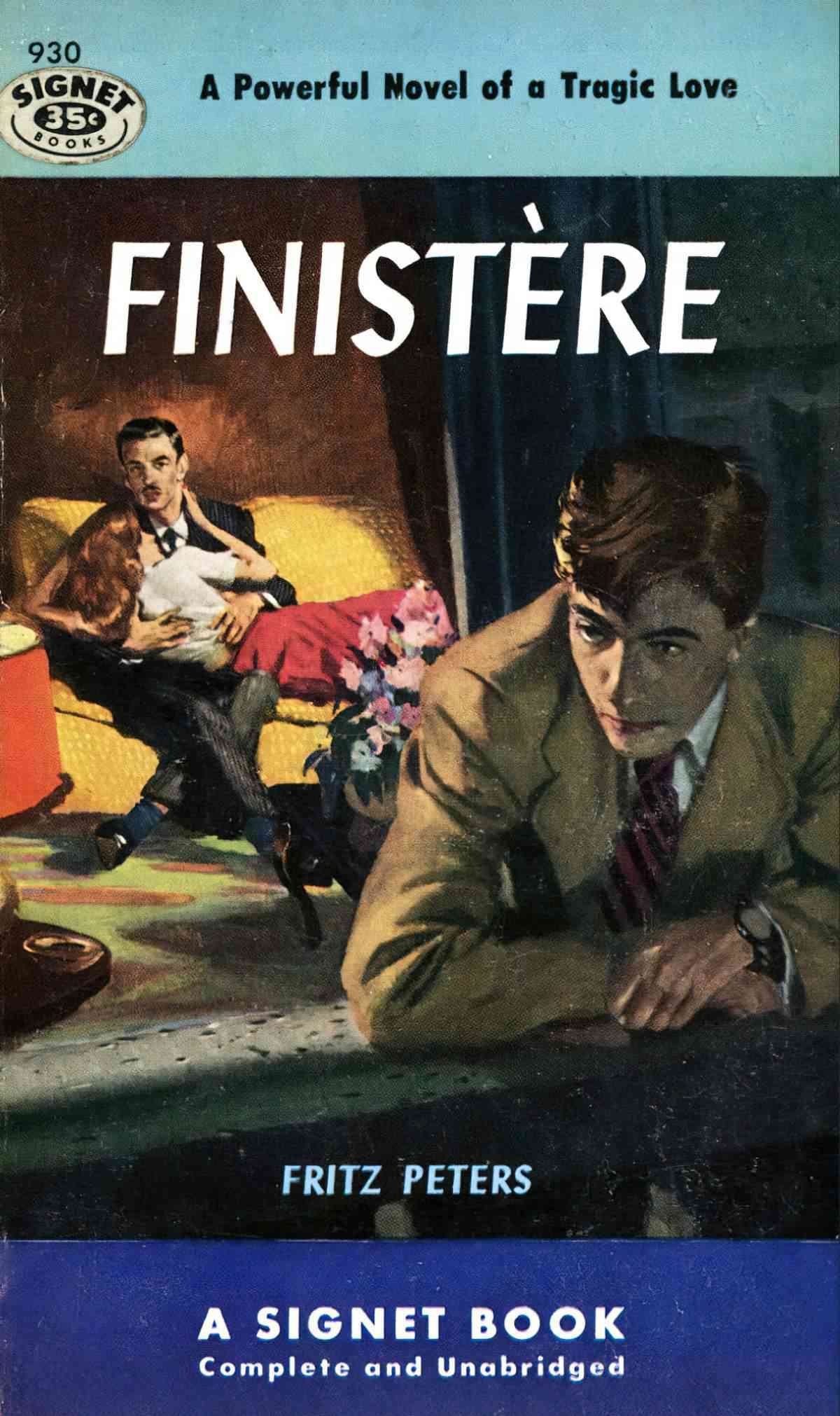
Describe the lighting. Where do shadows fall? What might be shrouded in the dark recesses of this room?
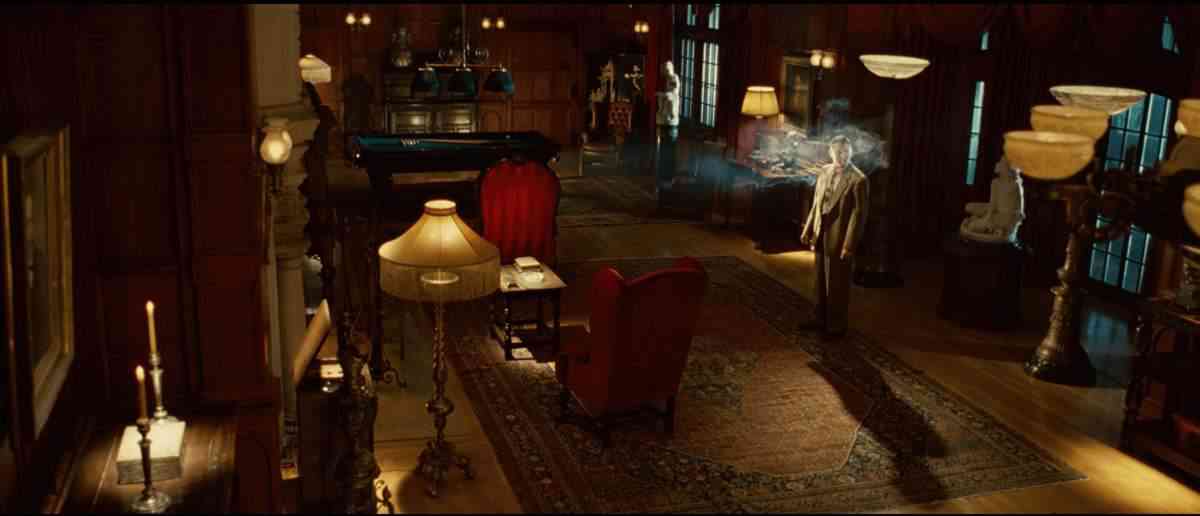
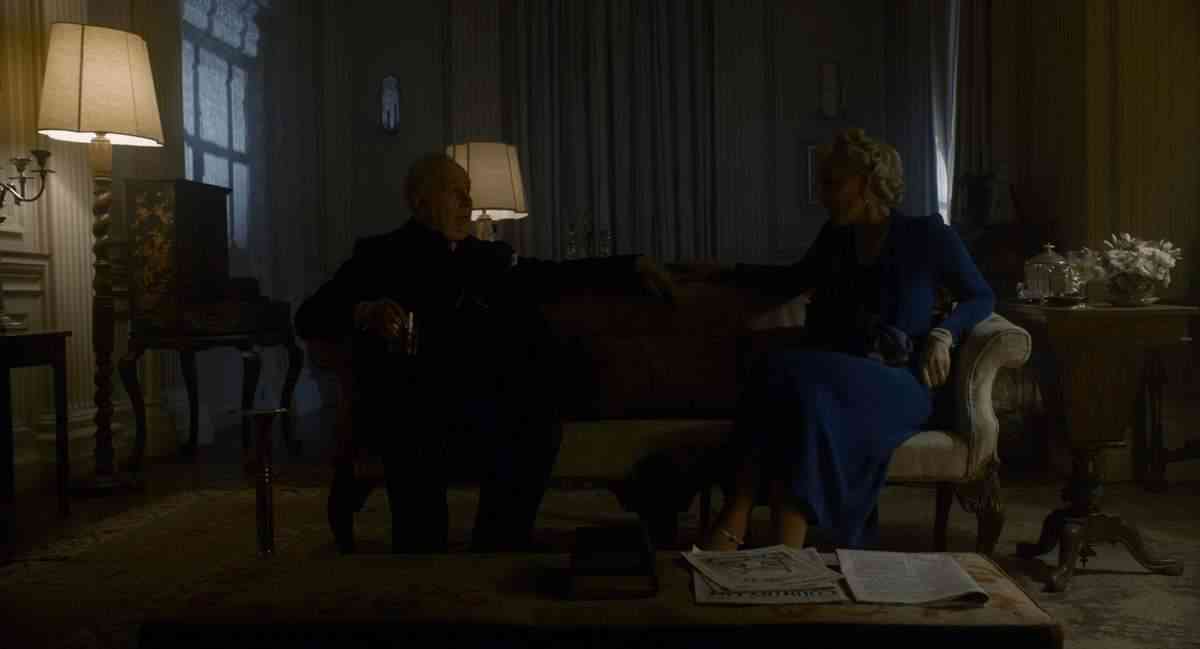
How does the high angle perspective change things for the viewer? How might you induce this view in a reader, using text only?
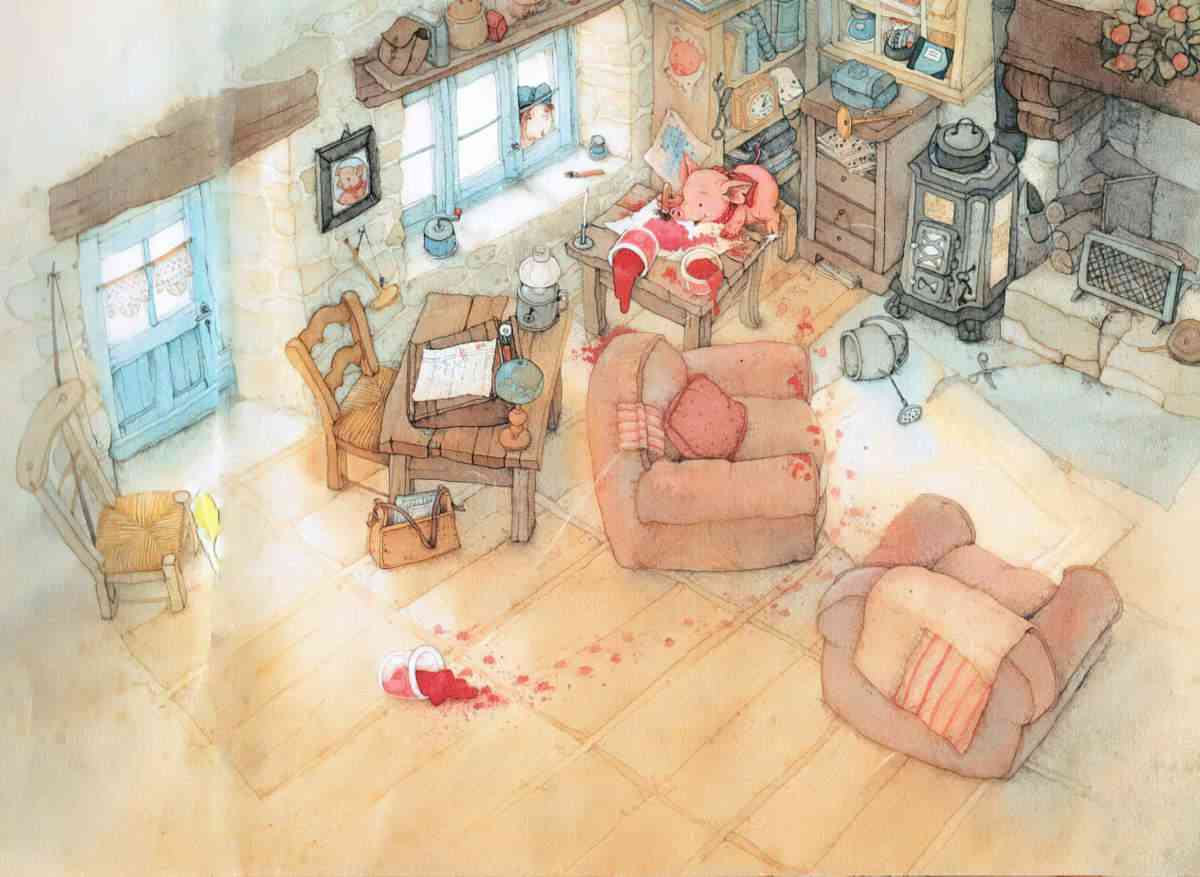
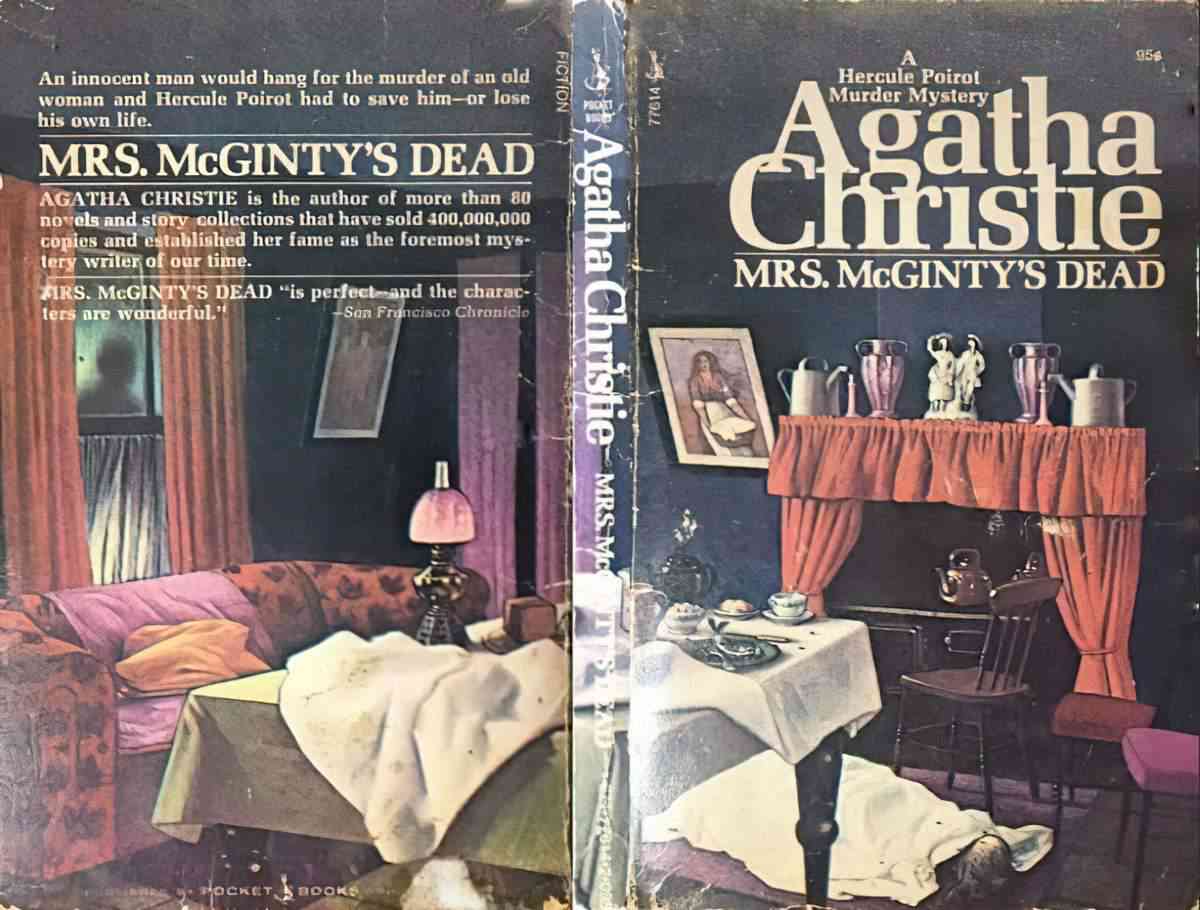
Are there living creatures in this living room? What about living creatures we don’t necessarily see at first?
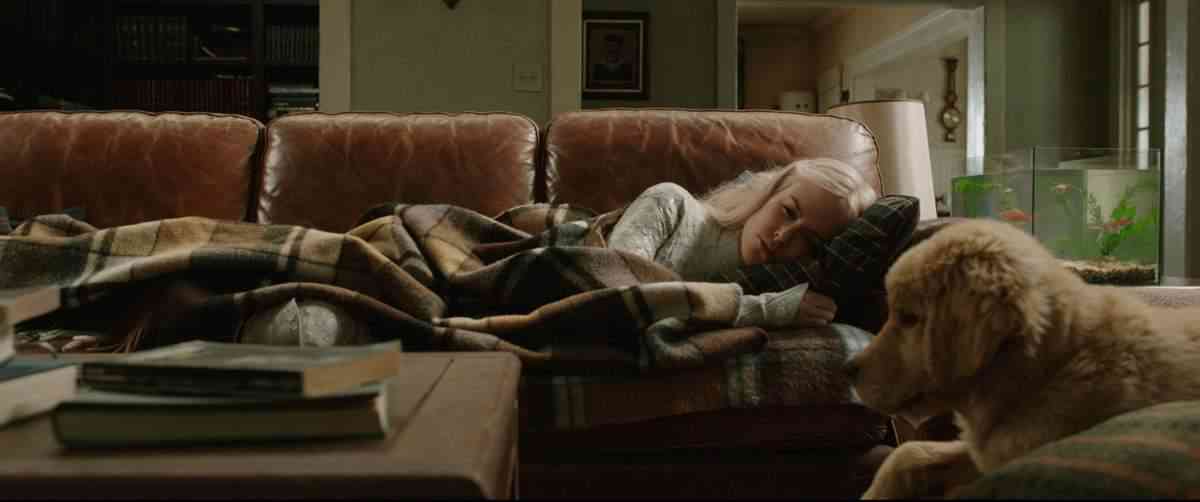
How is the character connected to their space? Houses are highly symbolic. For instance, houses made out of glass tend to convey loneliness, suggesting isolated and vulnerable characters.
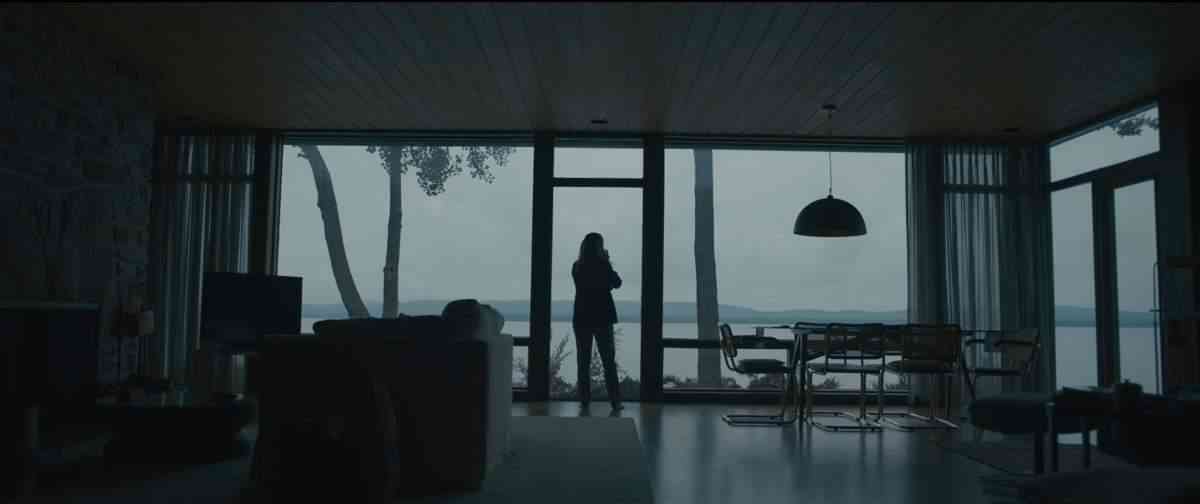

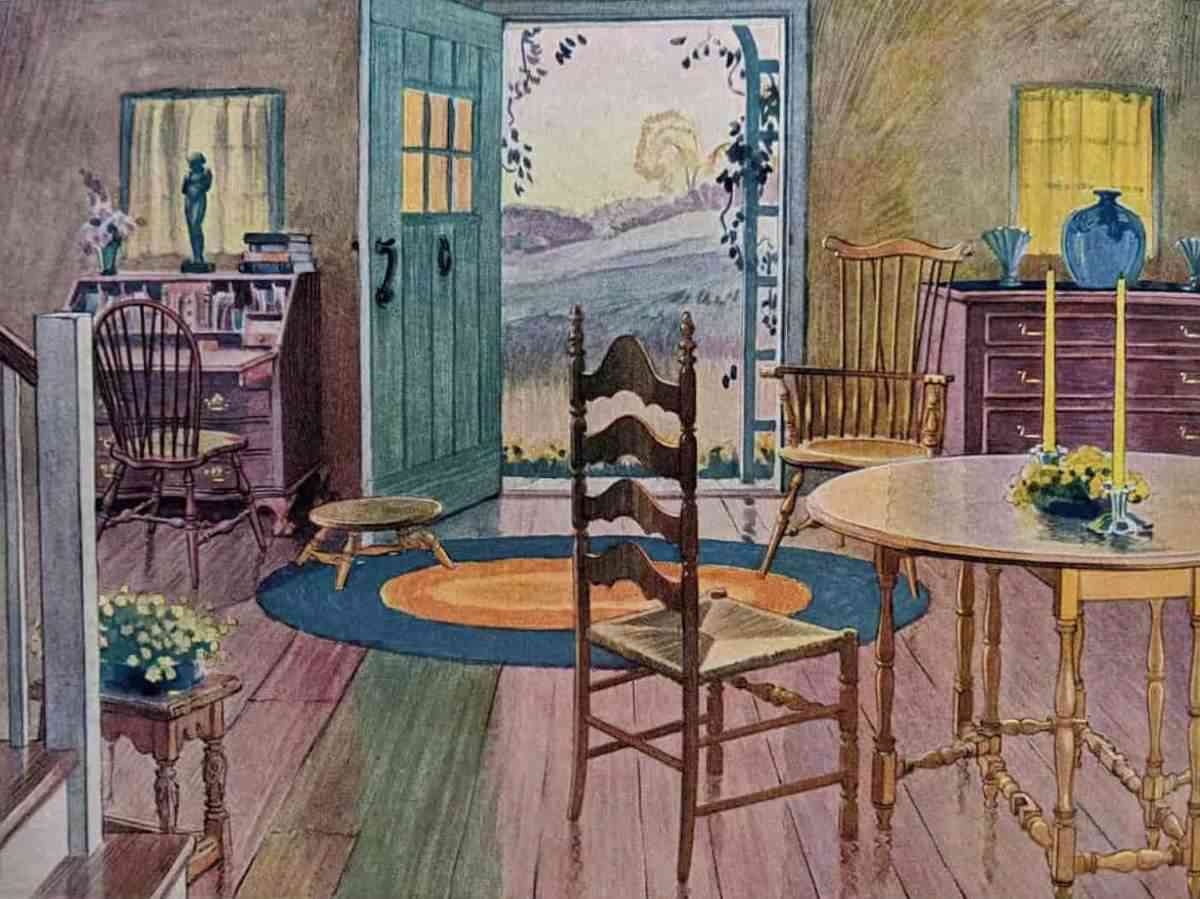
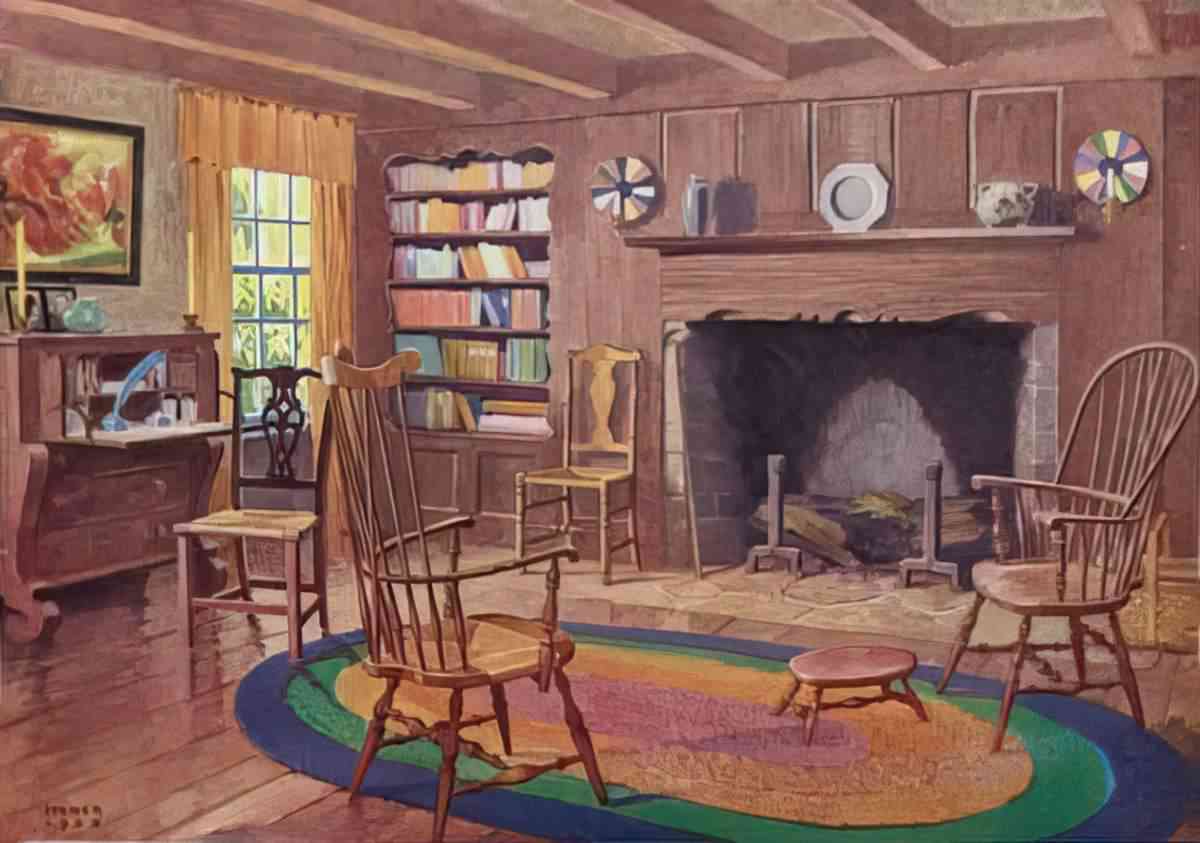
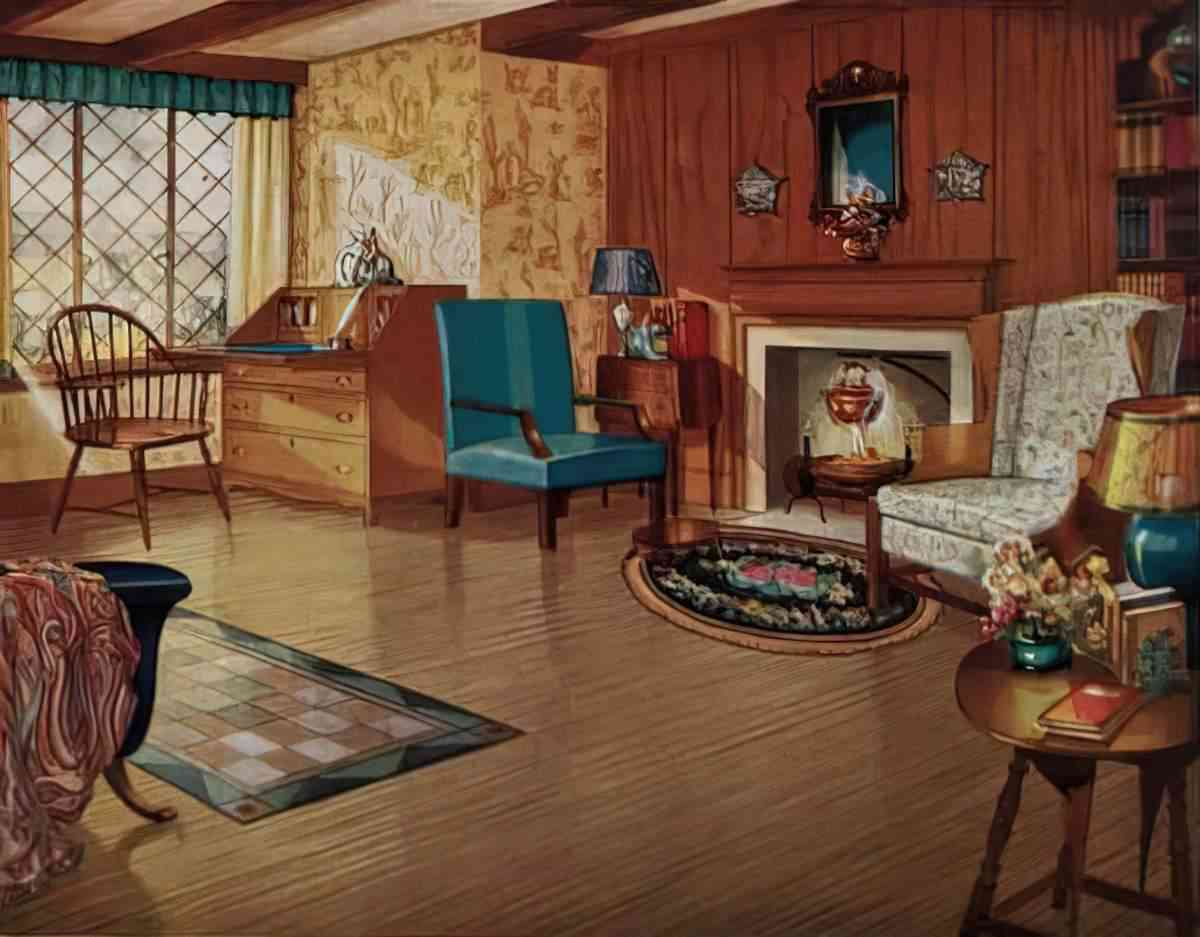
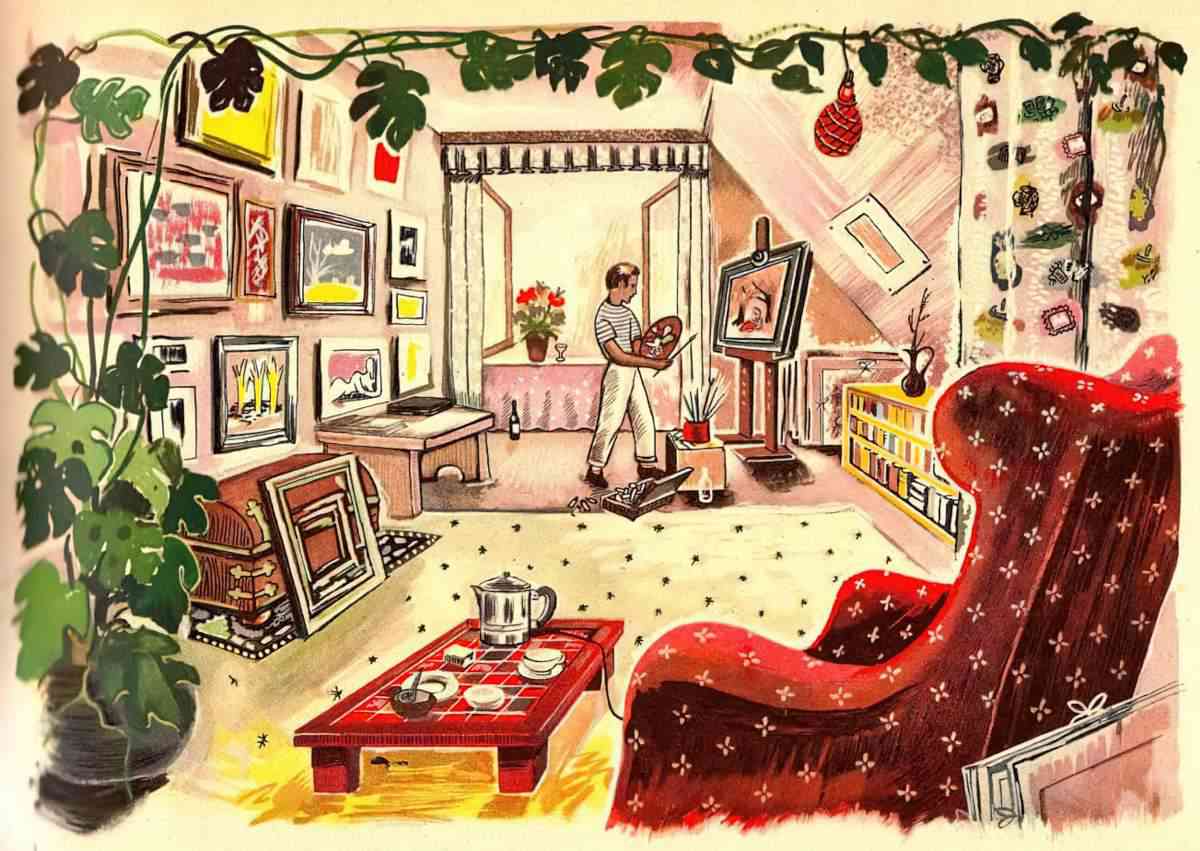
EXAMPLE OF A LIVING ROOM DESCRIBED BY ALICE MUNRO
Alice Munro focuses first on a single aspect of this space — the soft furnishings. Why is the carpet daunting? Perhaps because white carpet shows up stains. But because this is a Munro short story, we know that the ‘stain’ is heavily symbolic, beyond the actual carpet.
Grant caught sight of two layers of front-window curtains, both blue, one sheer and one silky, a matching blue sofa and a daunting pale carpet, various bright mirrors and ornaments. […]
Kitchens are great because everything in them feels symbolic. Knives are especially foreboding, even if they’re not used to murder anyone in the end.
On the kitchen counters there were all sorts of contrivances and appliances—coffeemaker, food processor, knife sharpener, and some things Grant didn’t know the names or uses of. All looked new and expensive, as if they had just been taken out of their wrappings, or were polished daily.
The viewpoint character’s response segues nicely from the thumbnail description, telling us more about him:
He thought it might be a good idea to admire things. He admired the coffeemaker she was using and said that he and Fiona had always meant to get one. This was absolutely untrue—Fiona had been devoted to a European contraption that made only two cups at a time.
We also learn about the woman he has come to visit:
“They gave us that,” she said. “Our son and his wife. They live in Kamloops. B.C. They send us more stuff than we can handle. It wouldn’t hurt if they would spend the money to come and see us instead.”
Grant said philosophically, “I suppose they’re busy with their own lives.”
“The Bear Went Over The Mountain” by Alice Munro
My favourite detail comes further down, when Munro describes an ordinary kitchen object in gruesome terminology:
She poured the coffee into two brown-and-green ceramic mugs that she took from the amputated branches of a ceramic tree trunk that sat on the table.
All it took was that one word — amputated. Grant feels entirely cut off from his wife, who has dementia, and who is also having an affair inside the care facility.
A LIVING ROOM DESCRIBED BY MARGARET ATWOOD
The sitting room is subdued, symmetrical; it’s one of the shapes money takes when it freezes.
Margaret Atwood
EXAMPLE OF A LIVING ROOM DESCRIBED BY KENNETH GRAHAME
The floor was well-worn red brick, and on the wide hearth burnt a fire of logs, between two at tractive chimney-corners tucked away in the wall, well out of any suspicion of draught. A couple of high-backed settles, facing each other on either side of the fire, gave further sitting accommodations for the sociably disposed. In the middle of the room stood a long table of plain boards placed on trestles, with benches down each side. At one end of it, where an arm-chair stood pushed back, were spread the remains of the Badger’s plain but ample supper. Rows of spotless plates winked from the shelves of the dresser at the far end of the room, and from the rafters overhead hung hams, bundles of dried herbs, nets of onions, and baskets of eggs. It seemed a place where heroes could fitly feast after victory, where weary harvesters could line up in scores along the table and keep their Harvest Home with mirth and song, or where two or three friends of simple tastes could sit about as they pleased and eat and smoke and talk in comfort and contentment. The ruddy brick floor smiled up at the smoky ceiling; the oaken settles, shiny with long wear, exchanged cheerful glances with each other; plates on the dresser grinned at pots on the shelf, and the merry firelight flickered and played over everything without distinction.
The Wind In The Willows
Badger’s living area is a sitting-room kitchen combo. As the description wears on, Grahame makes use of personification to bring the crockery to life. Live objects in the home was a popular Edwardian trope in children’s literature. Here it serves the purpose of contrasting the safe and cosy Badger’s sette with the faces Mole observed watching him in the dangerous, dark Wild Wood surrounding them.
See “Broke” by Samm Henshaw, a music video on YouTube
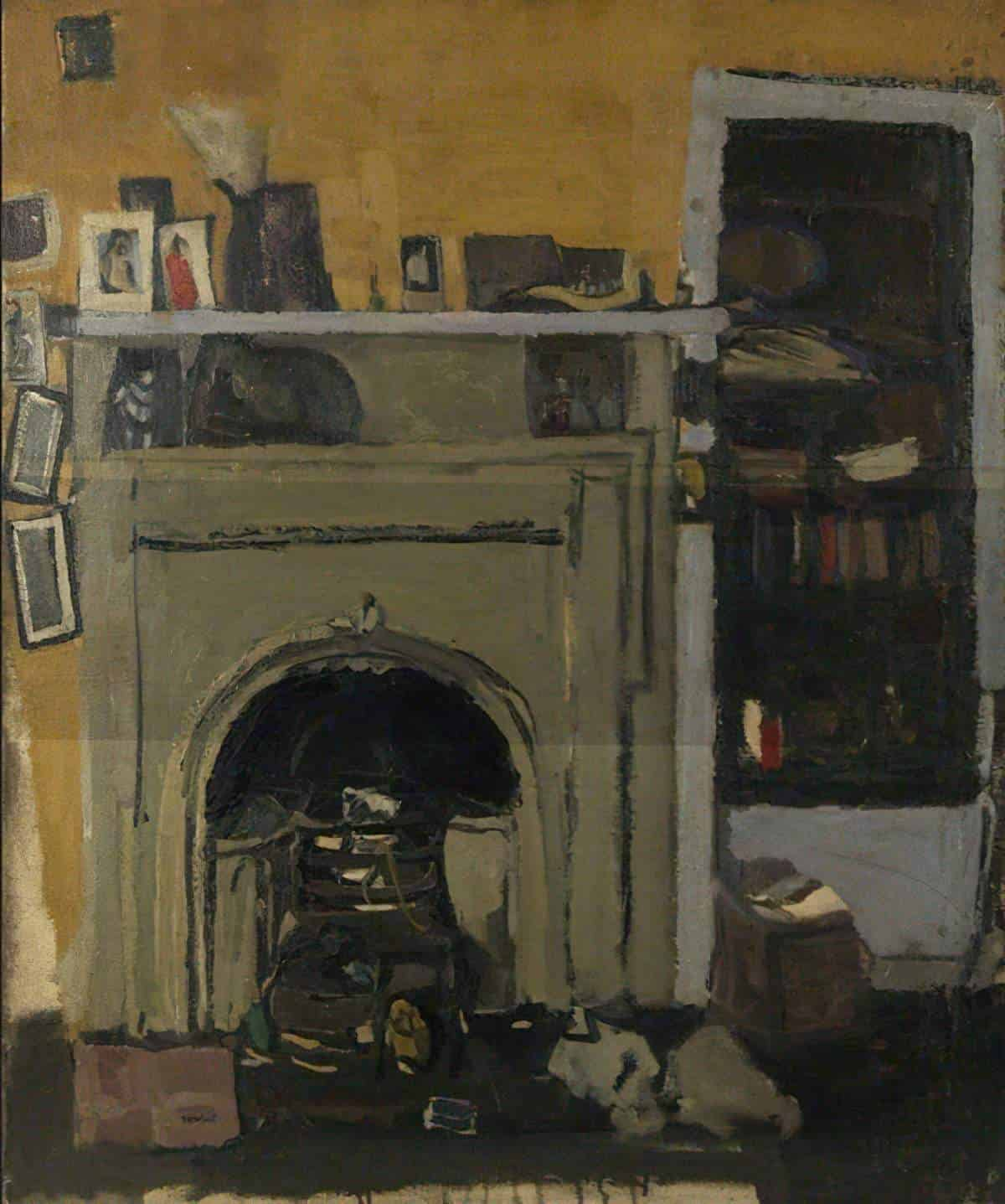
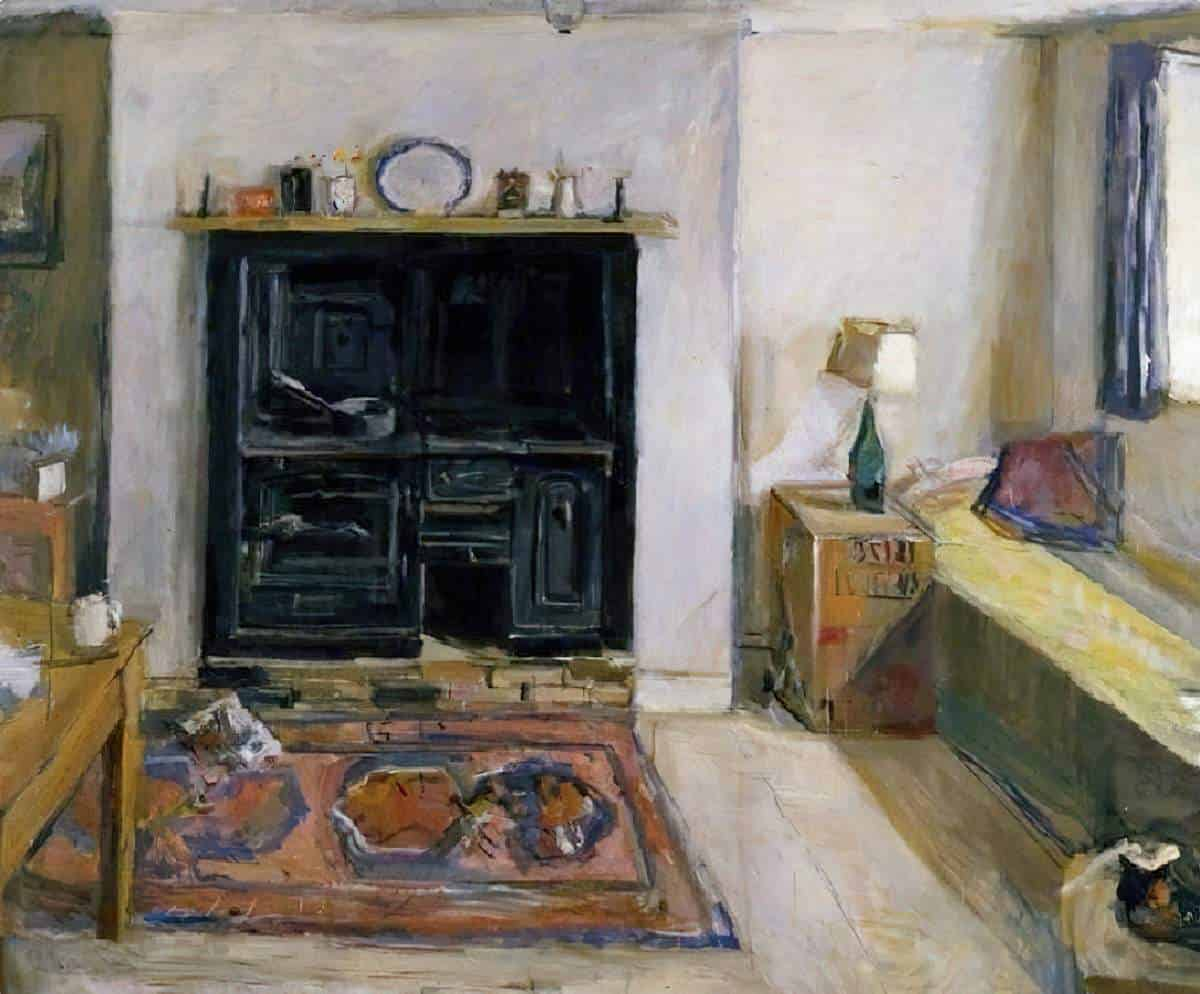
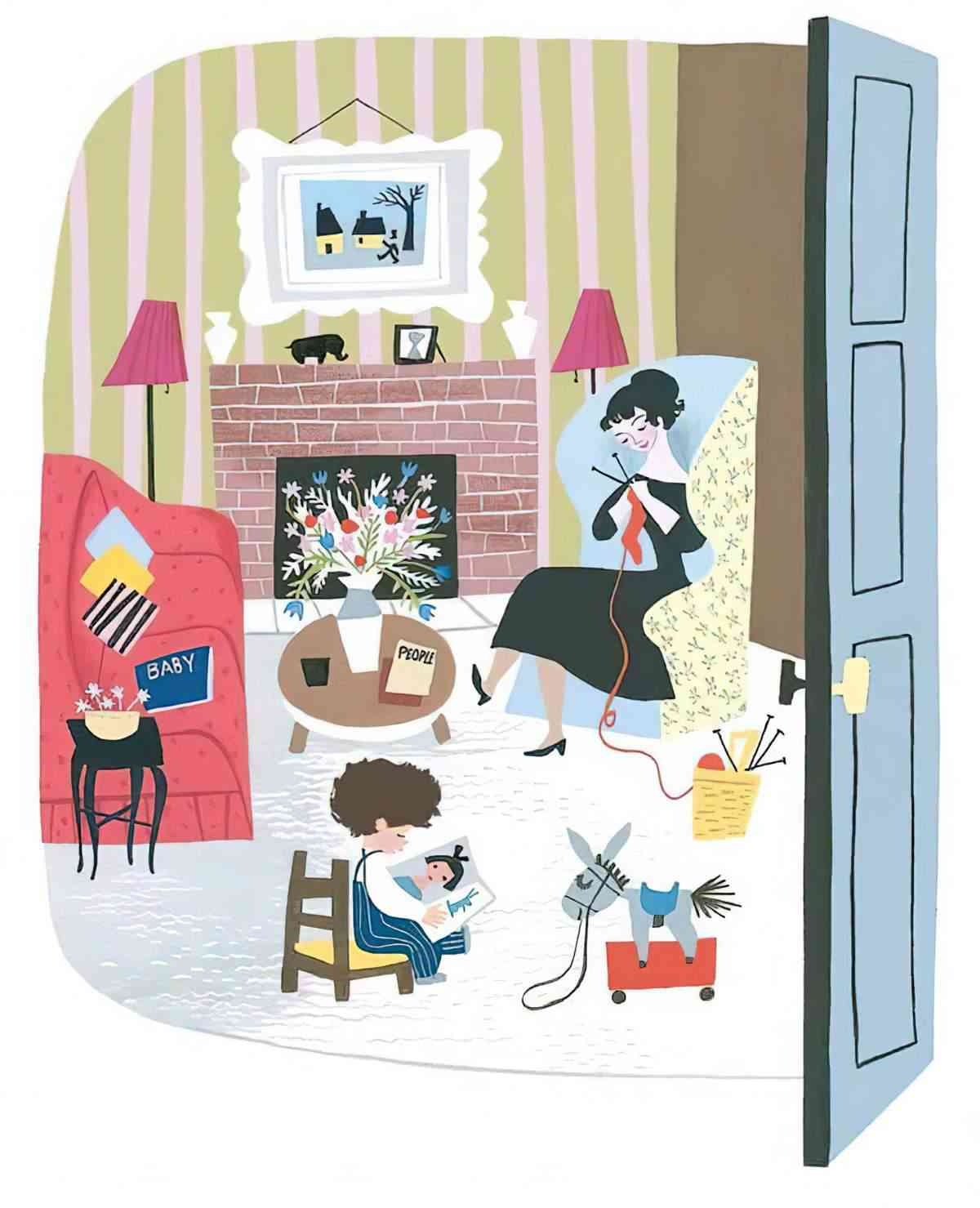
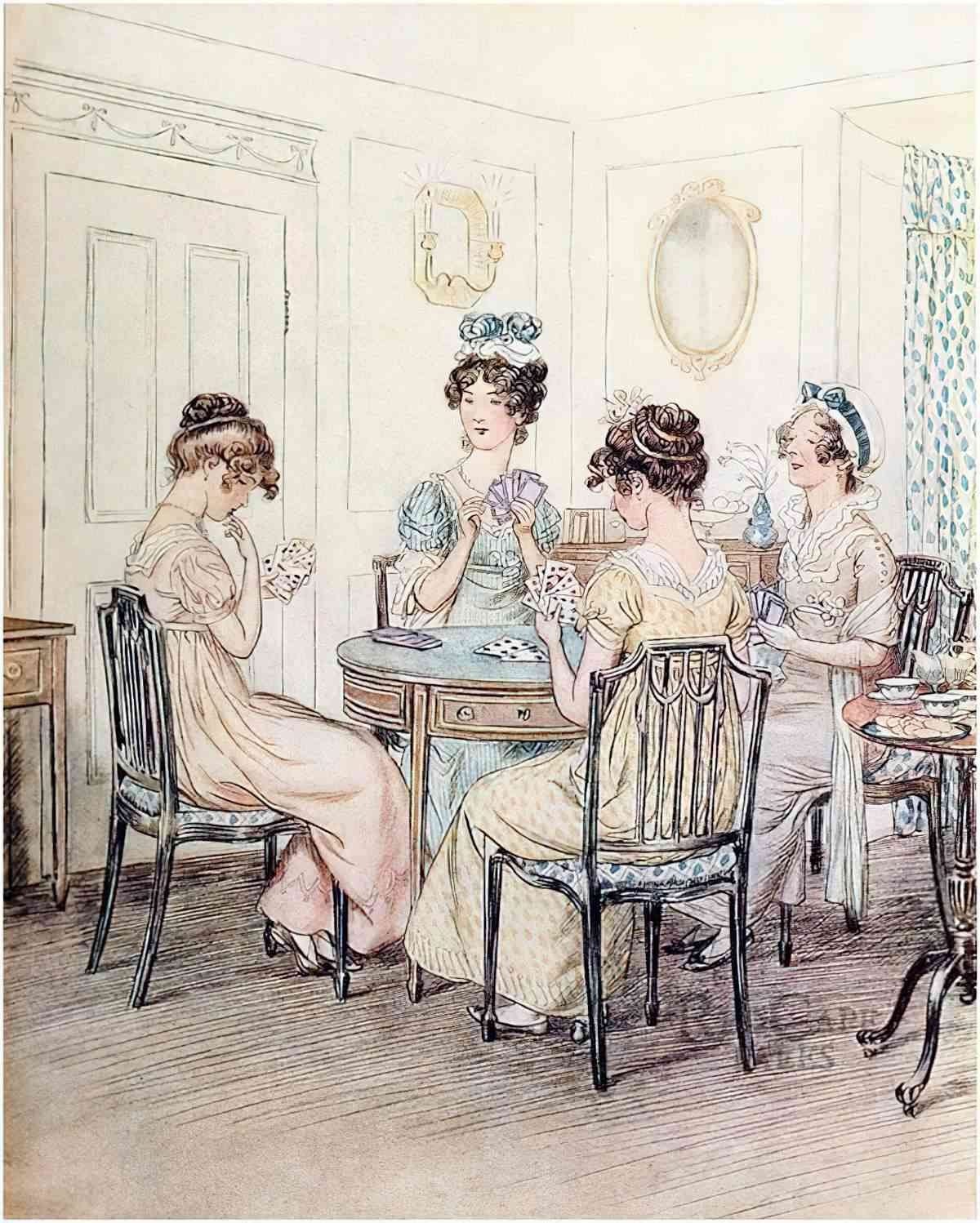
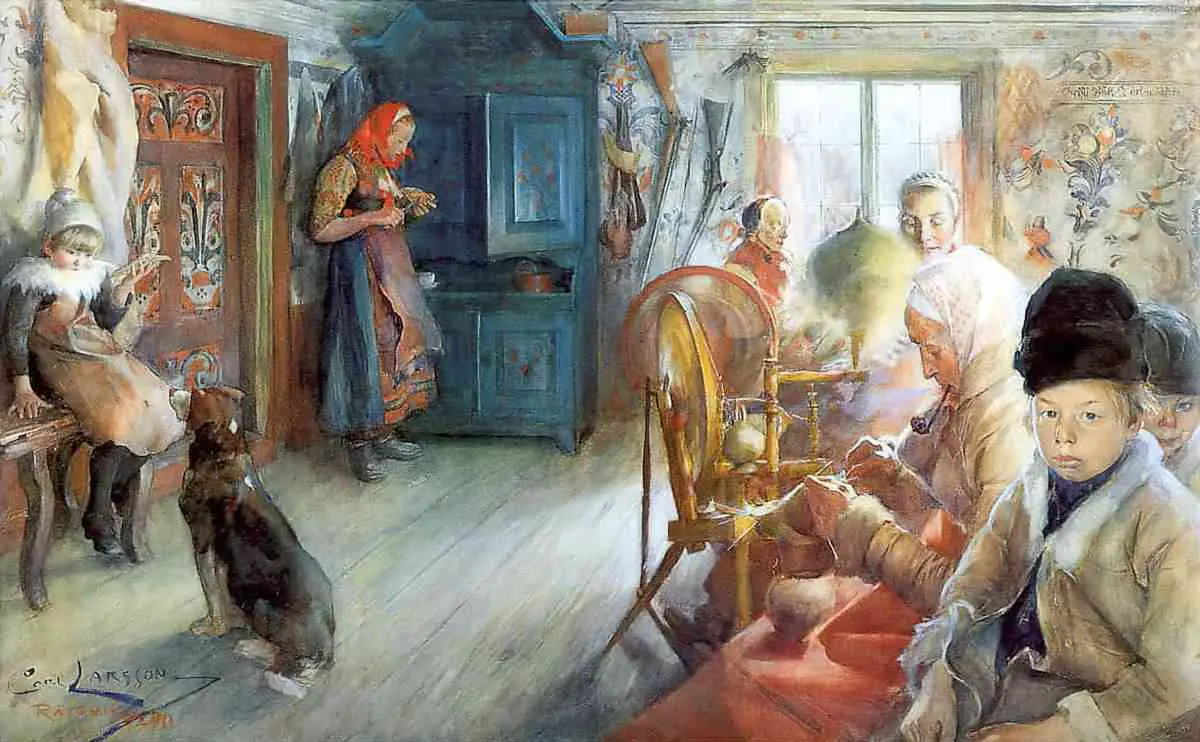
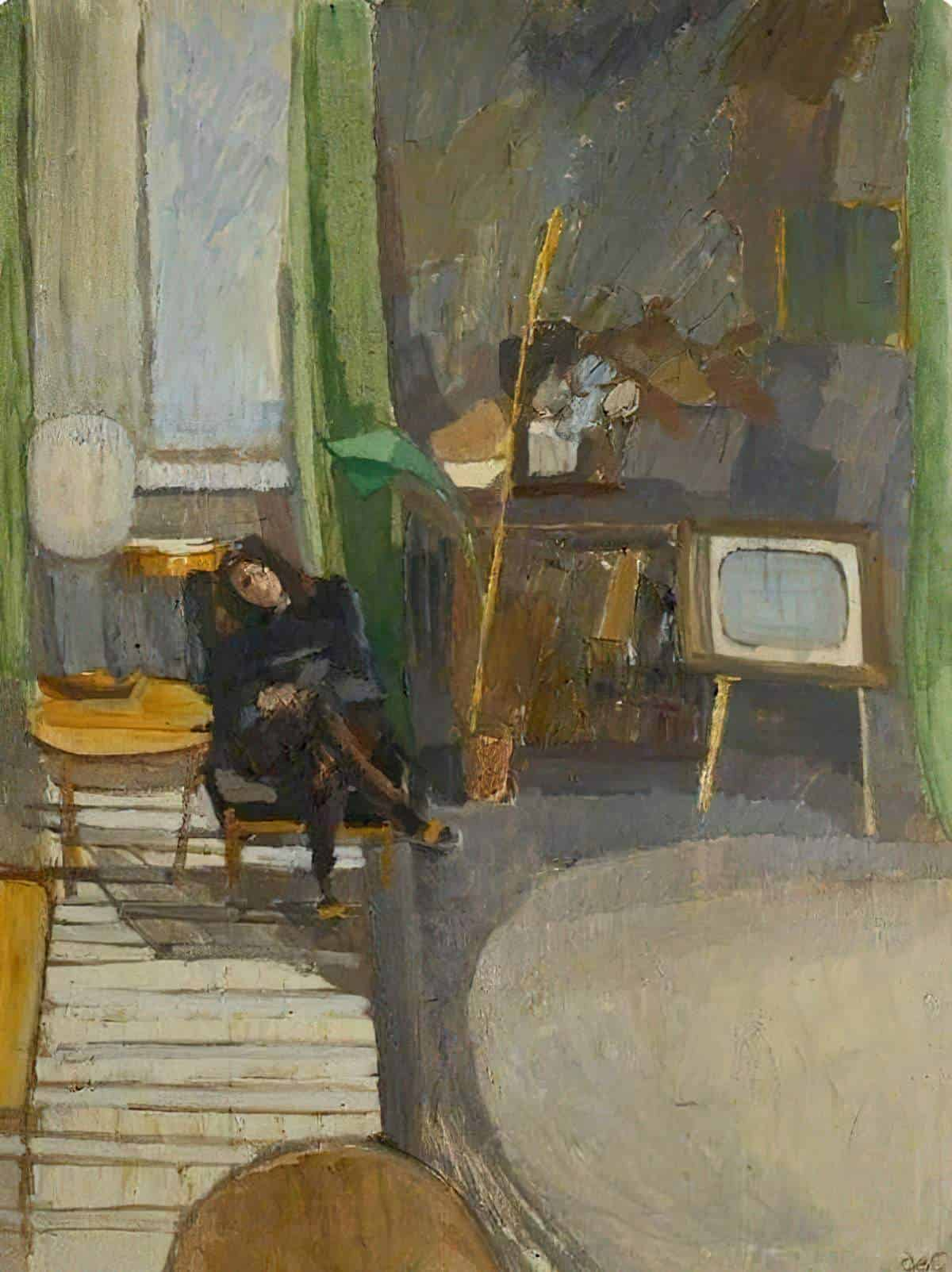
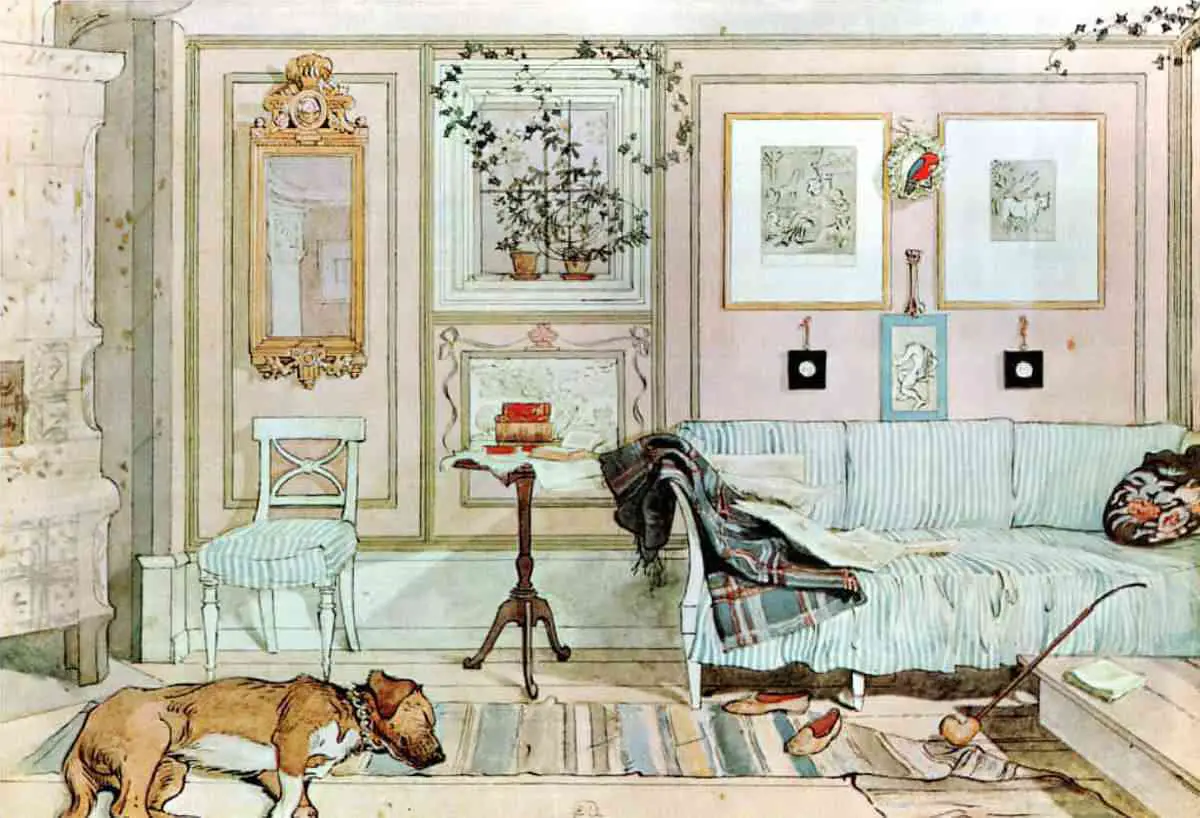
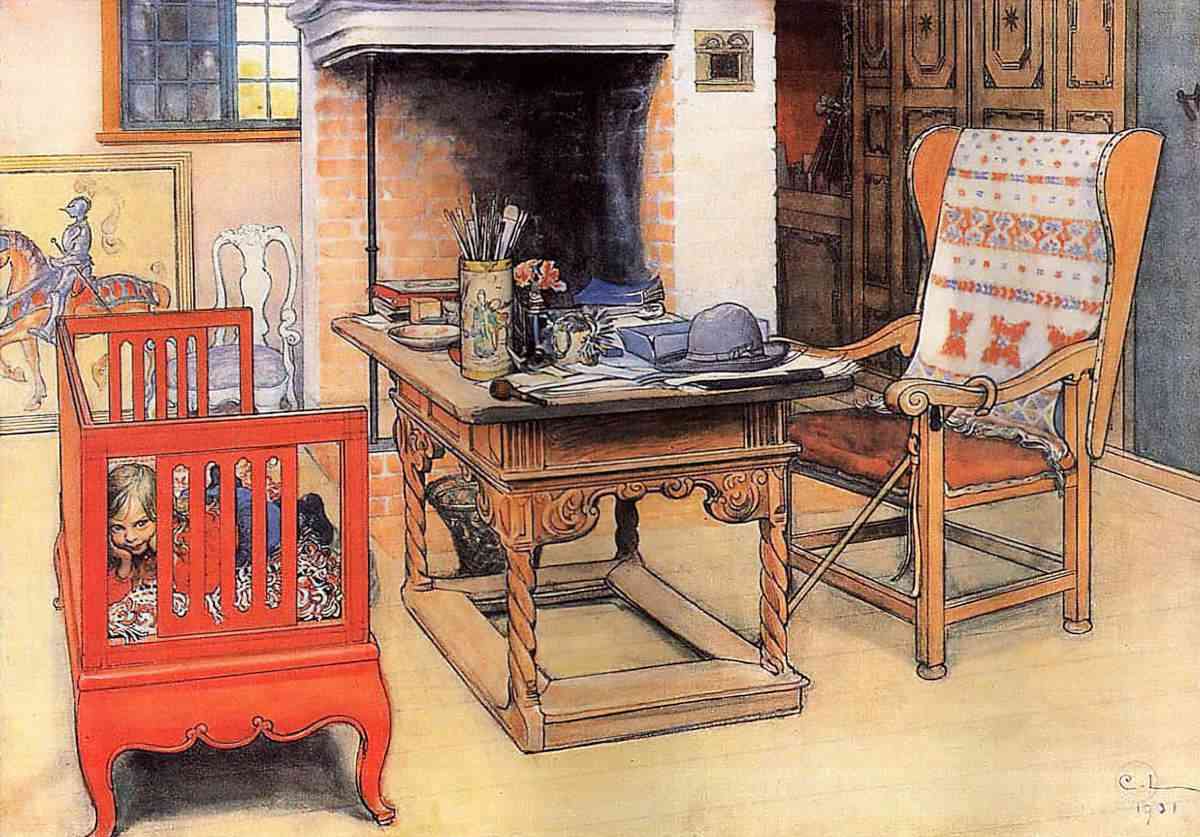
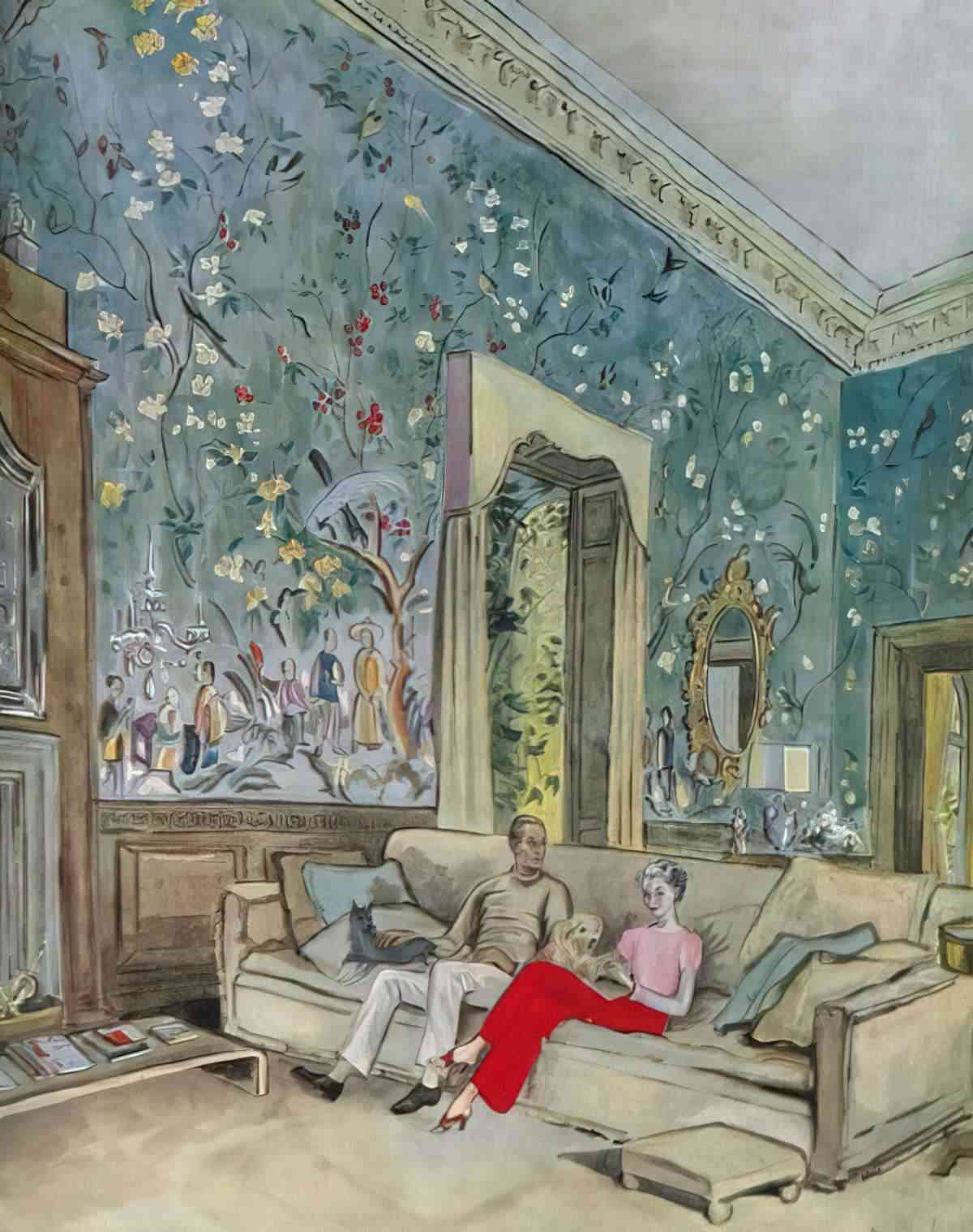
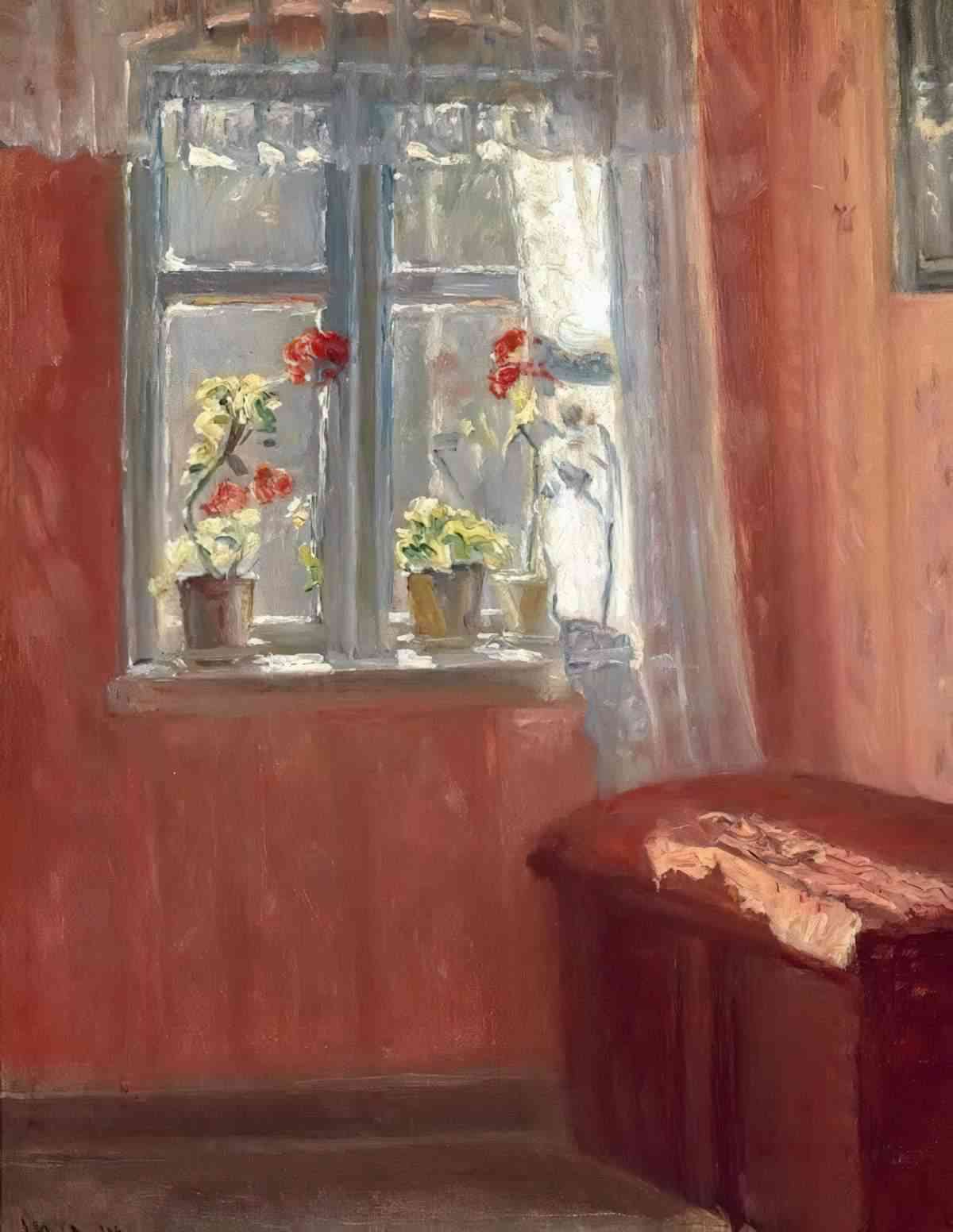
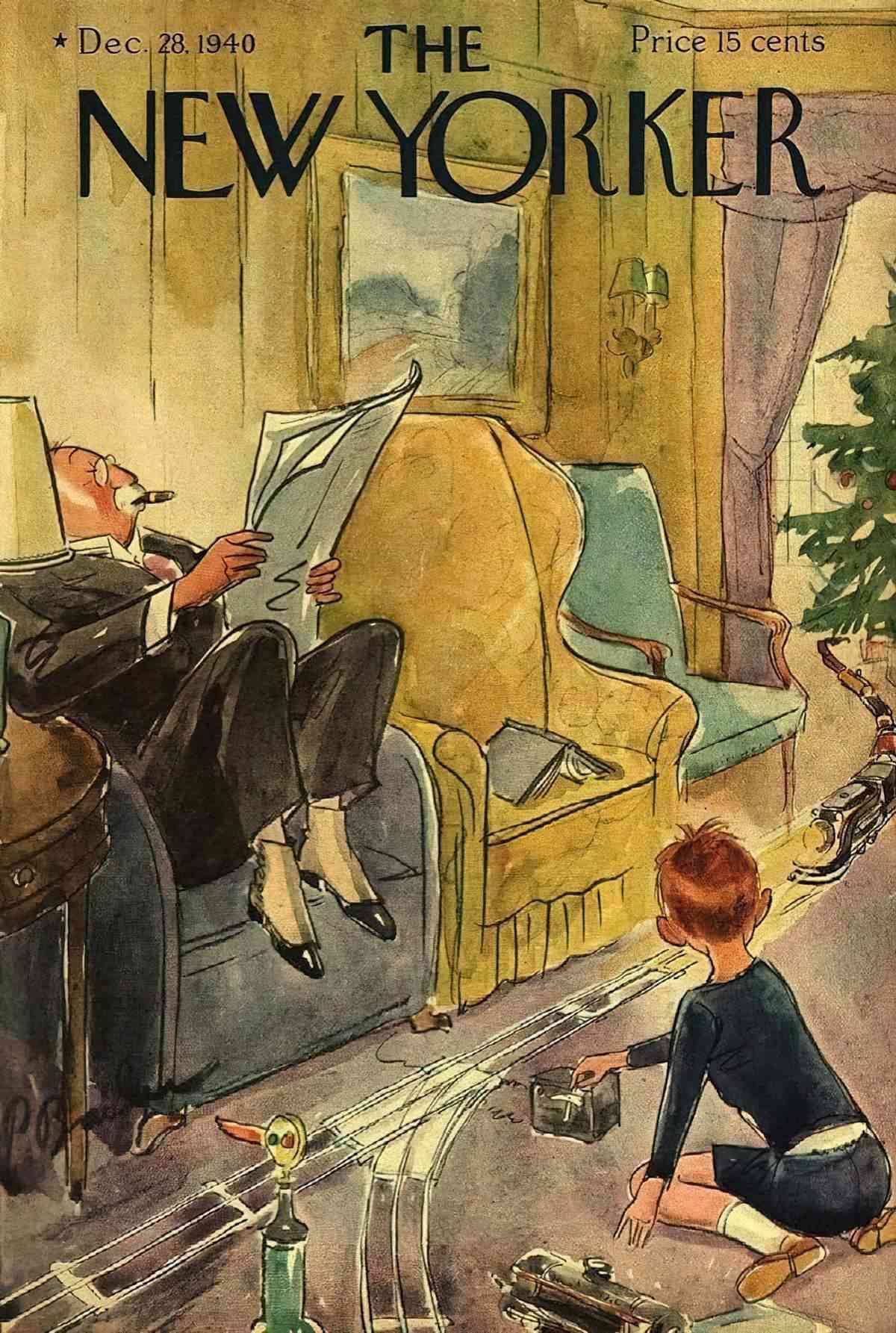
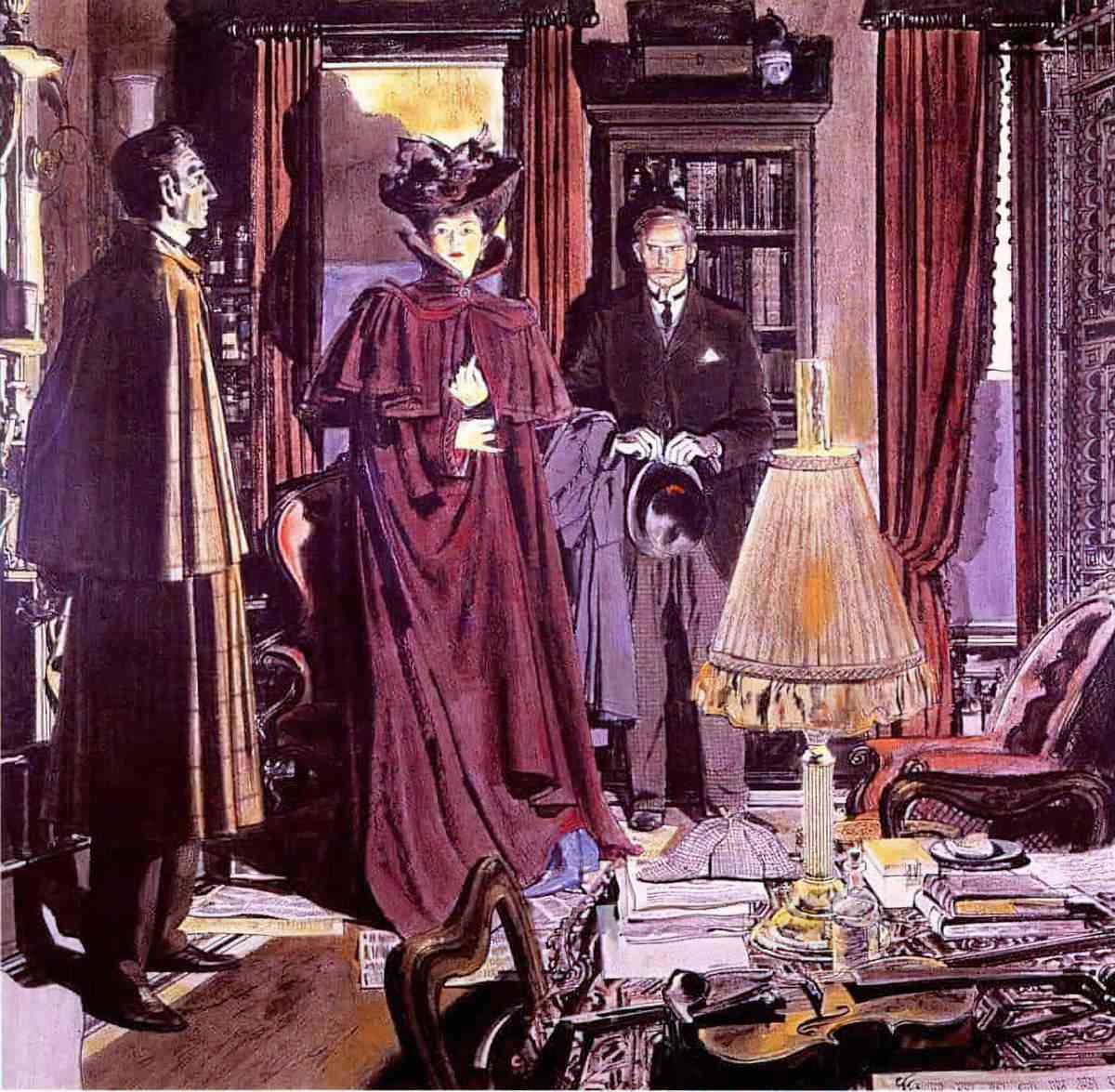
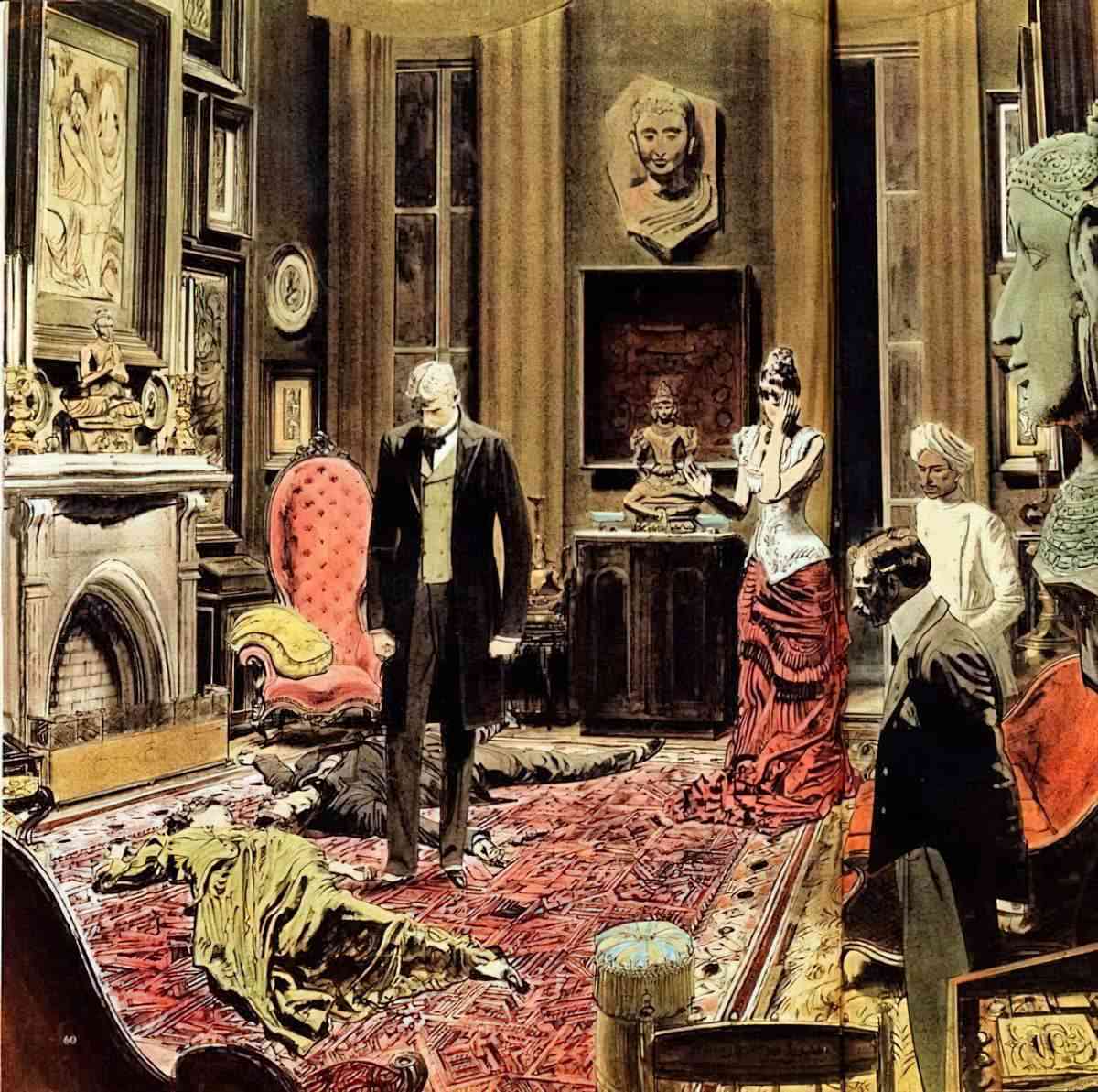
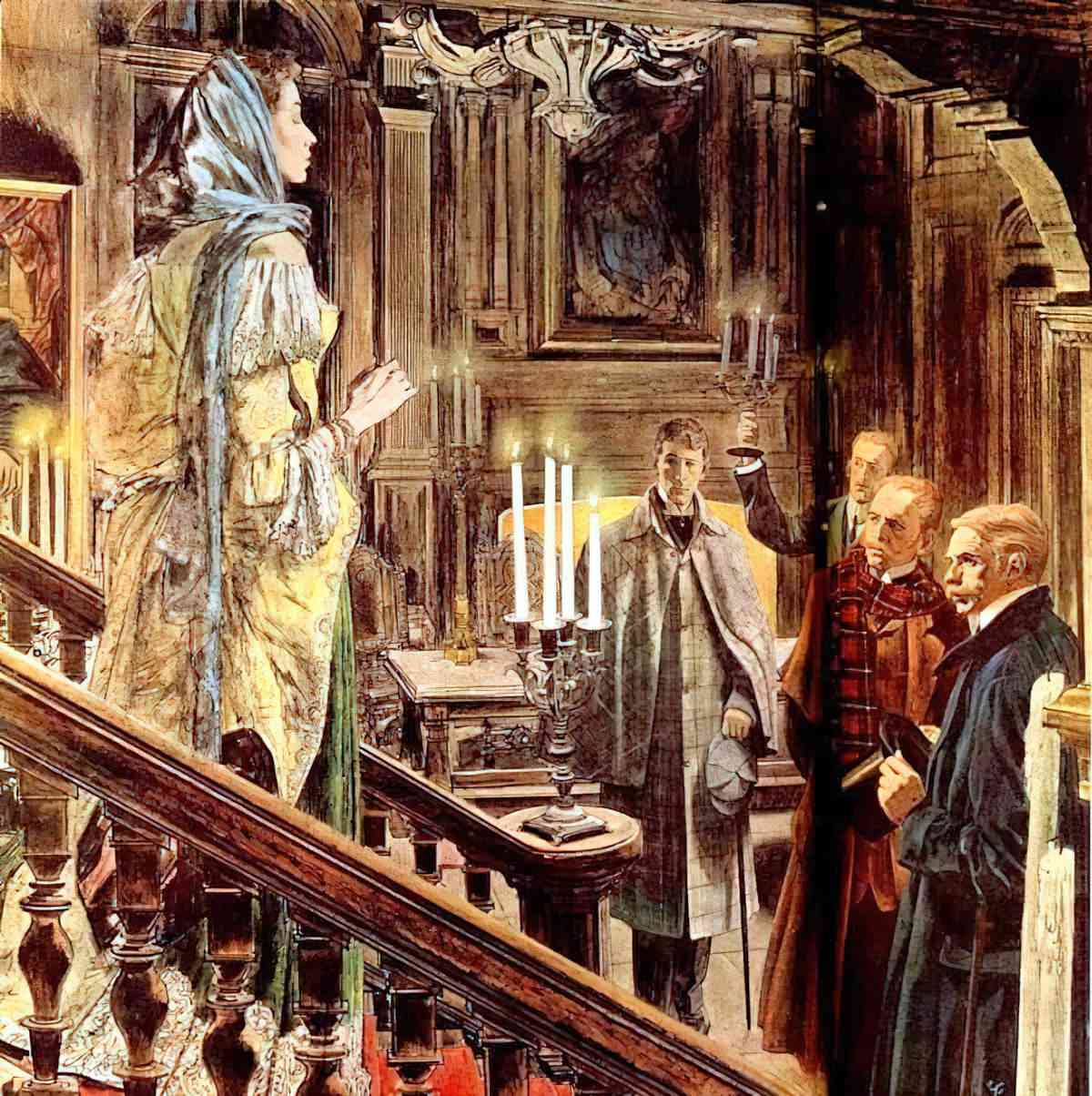
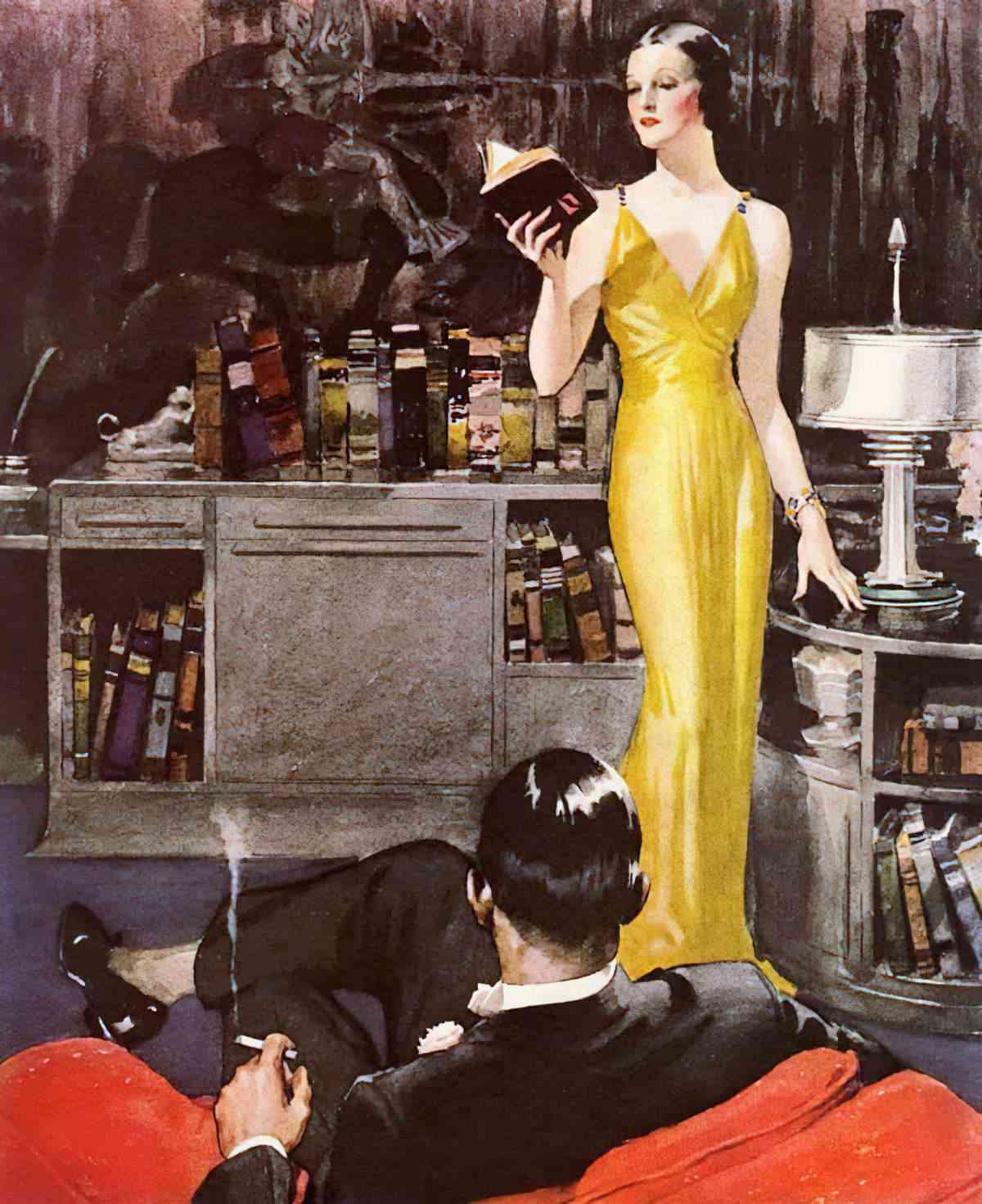
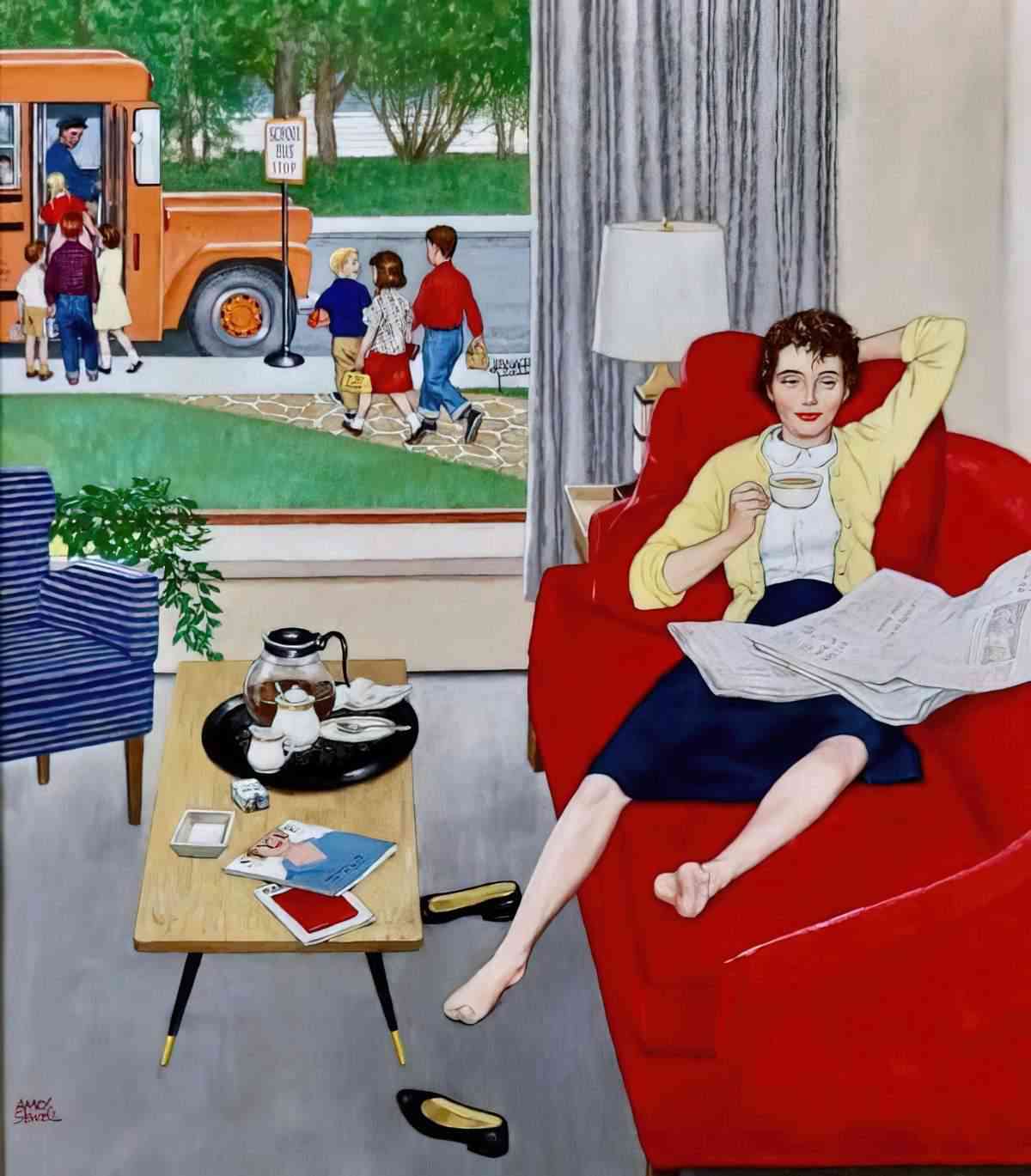
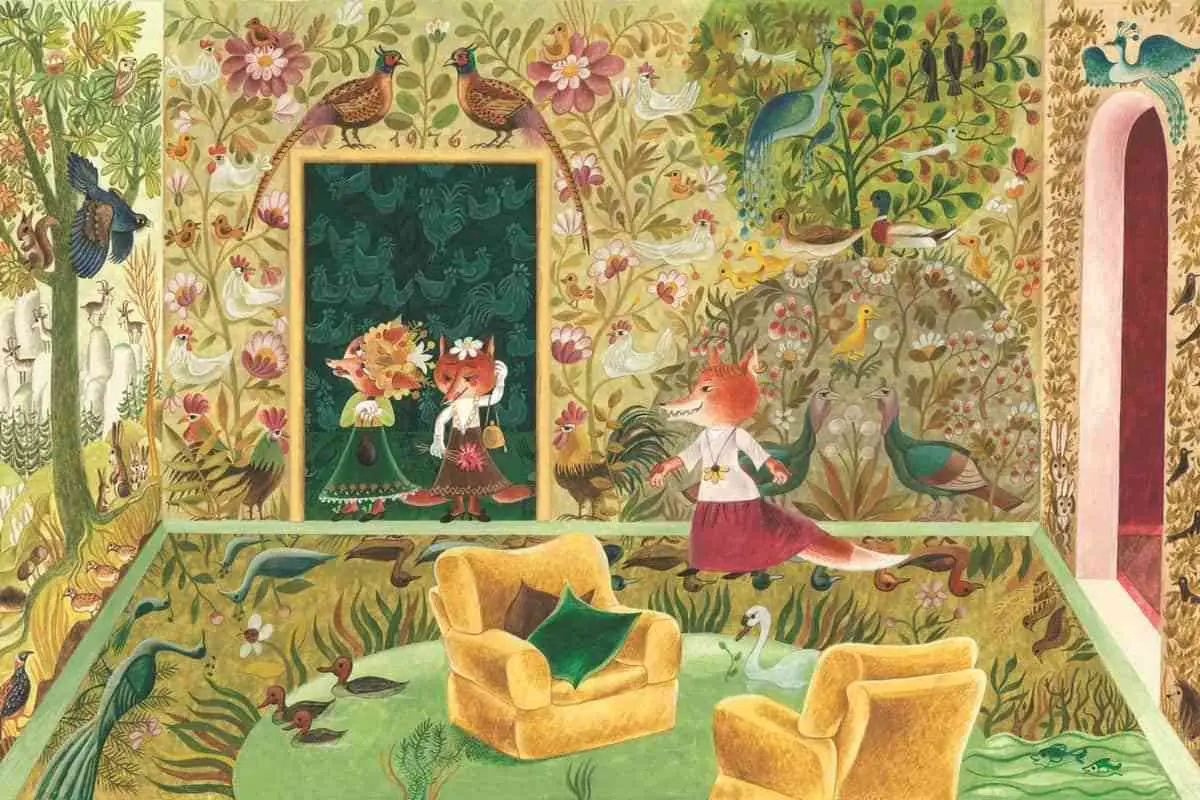
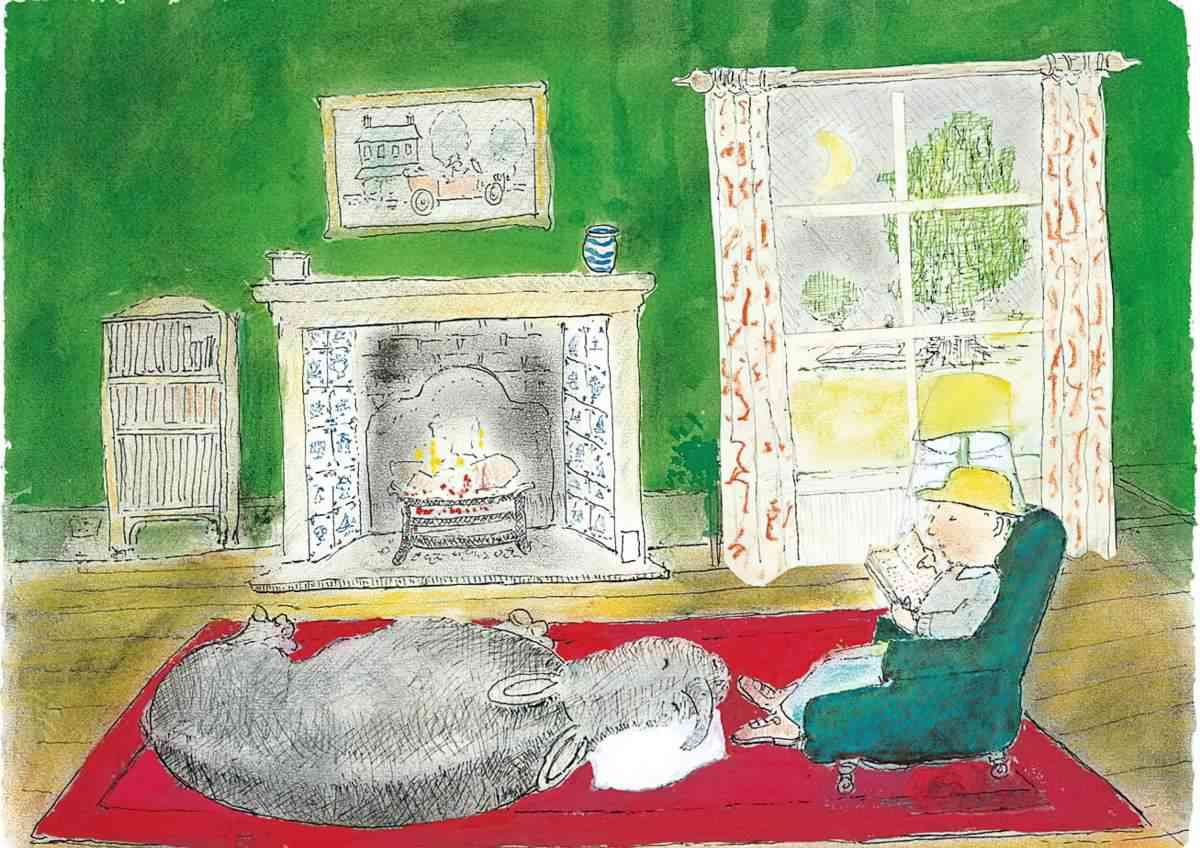
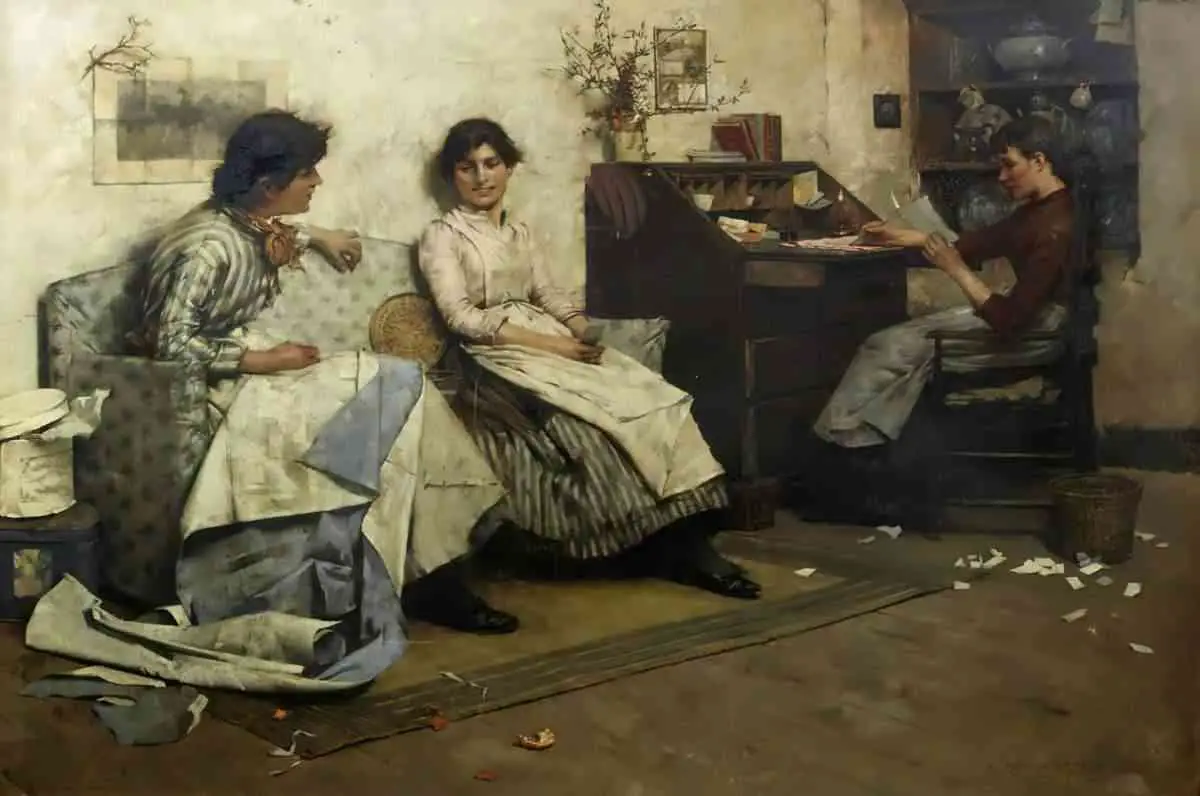
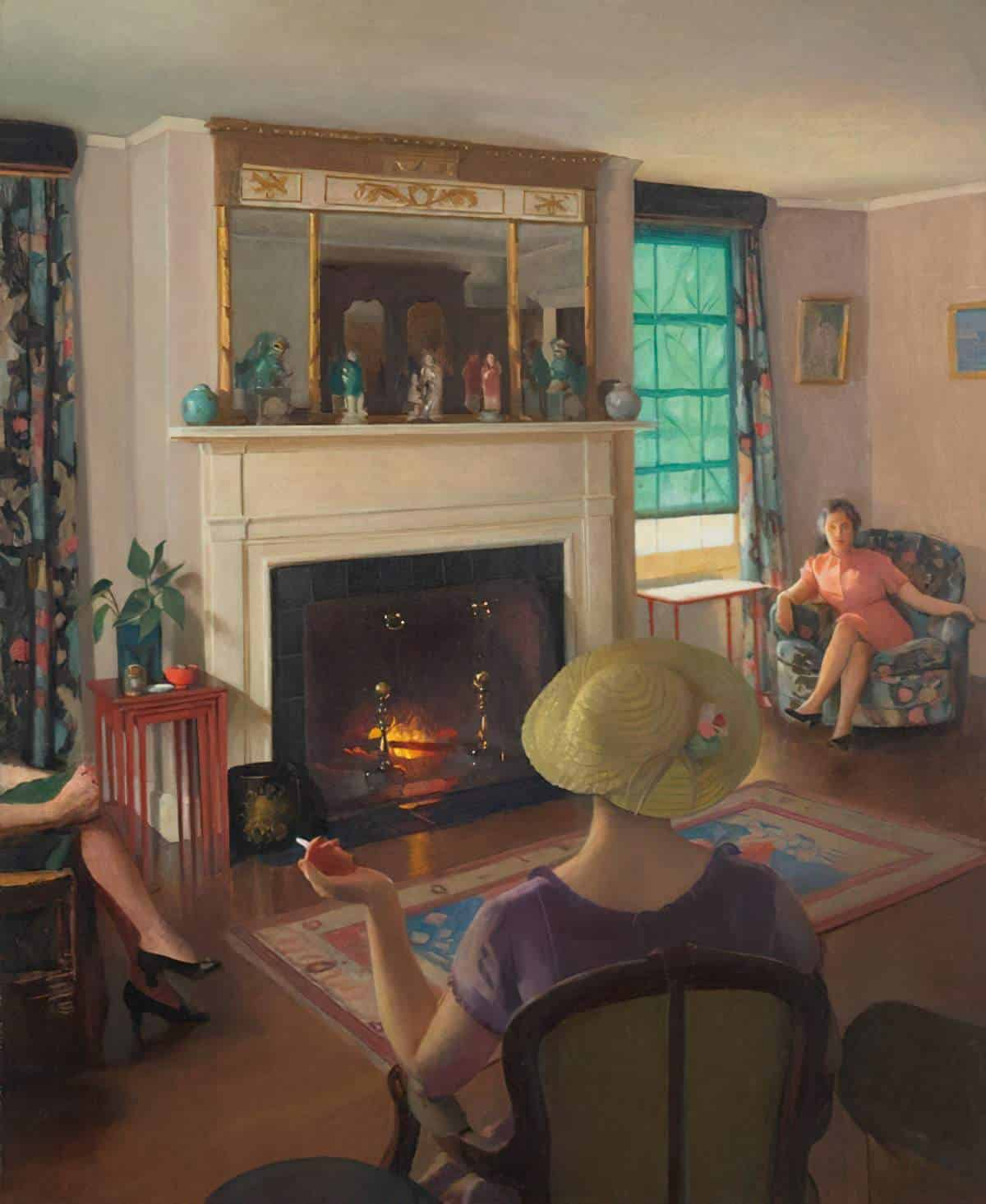
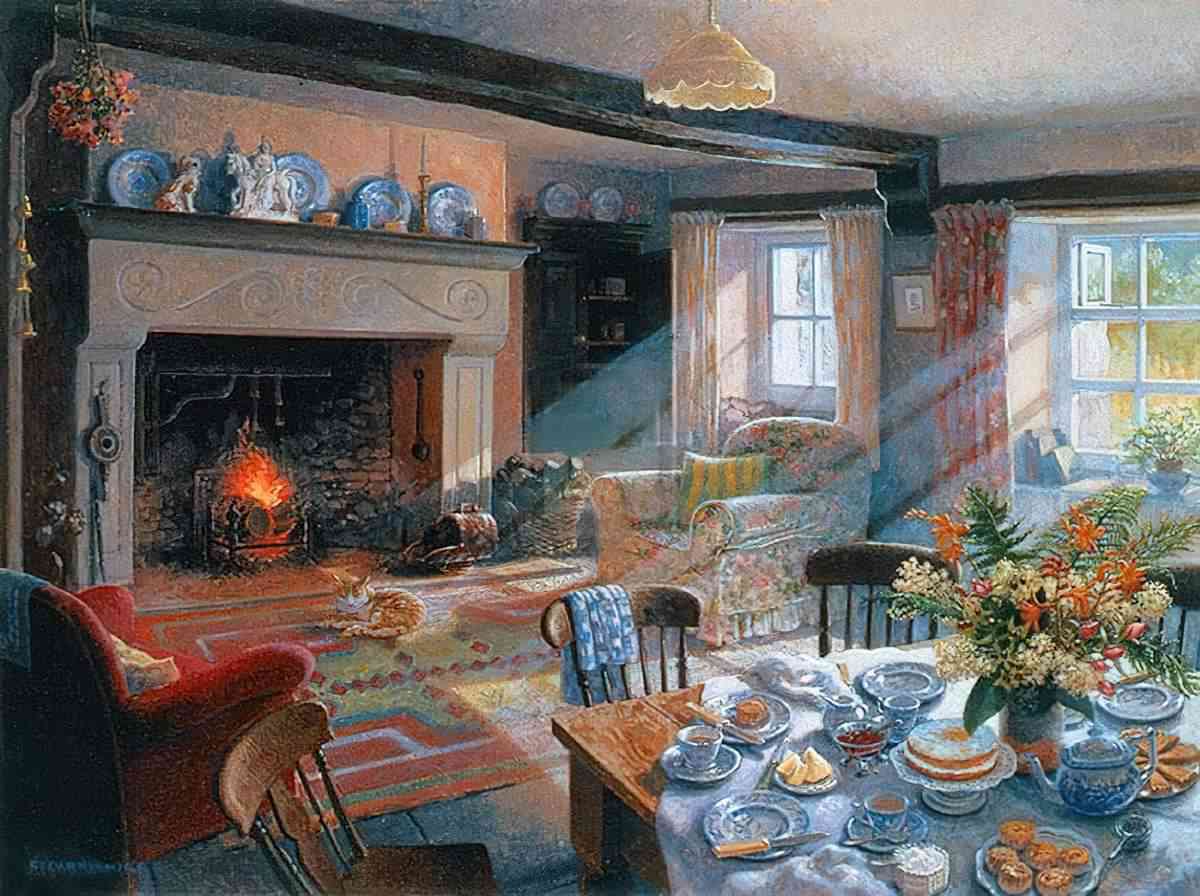
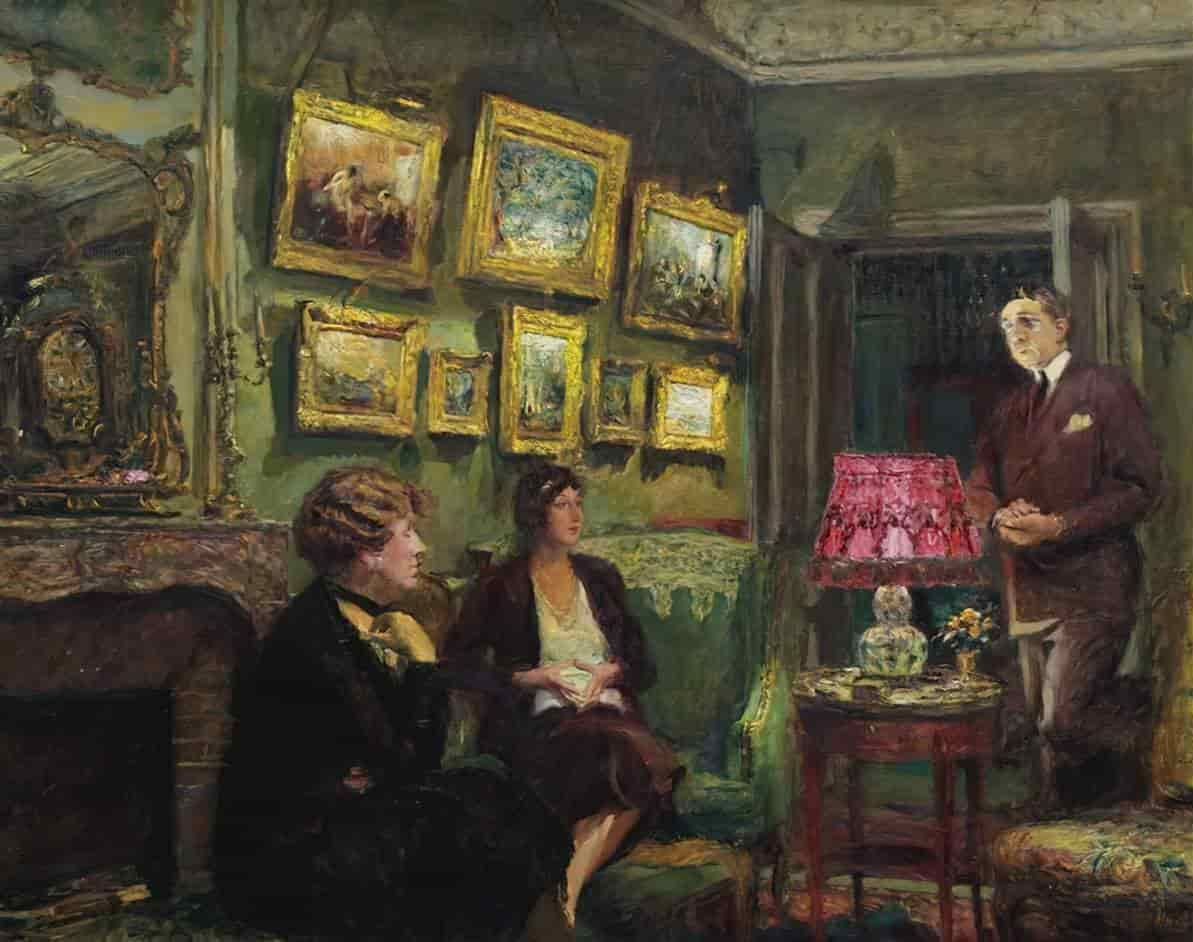
Header painting: Henry Wallis – The Room in Which Shakespeare Was Born 1853
